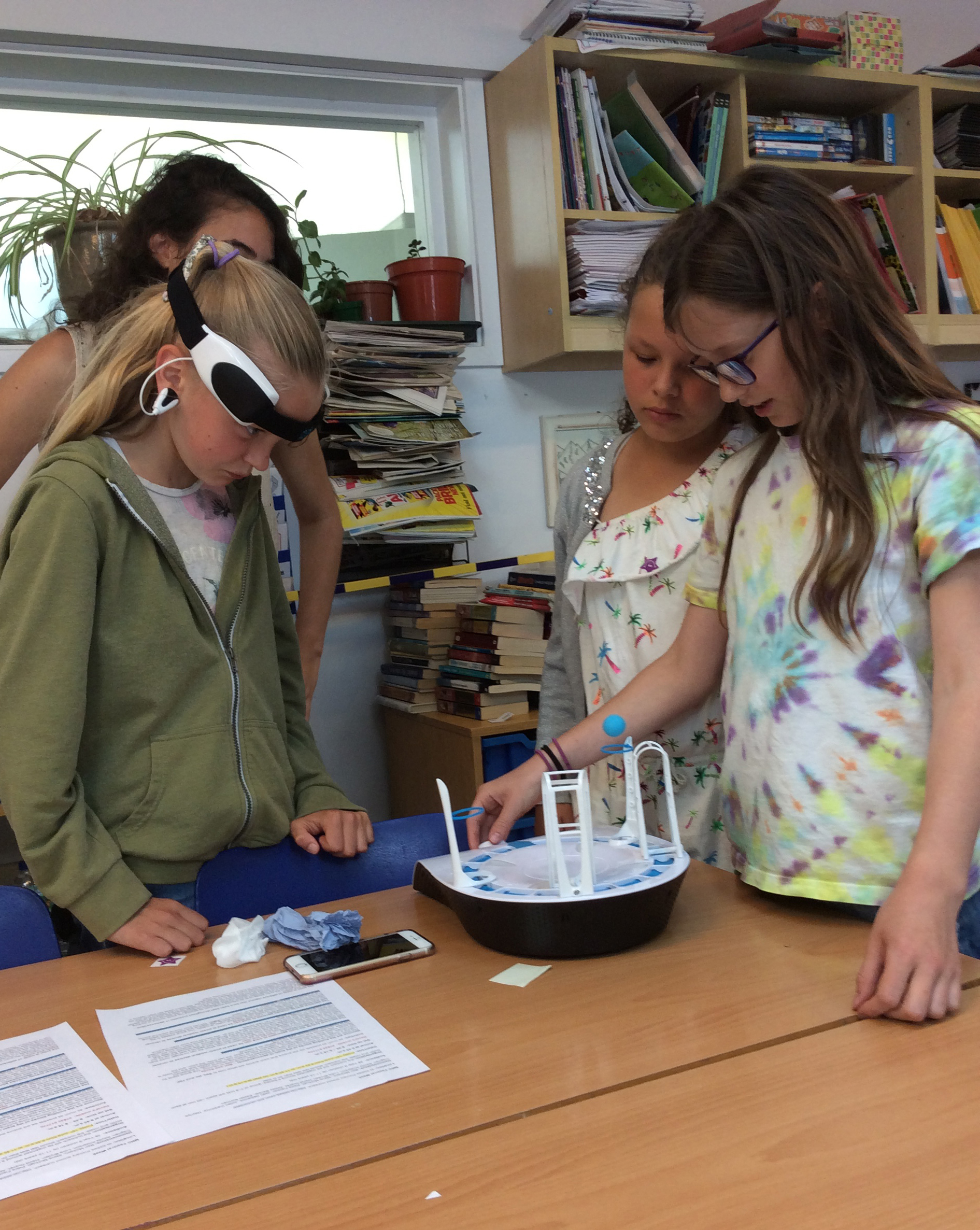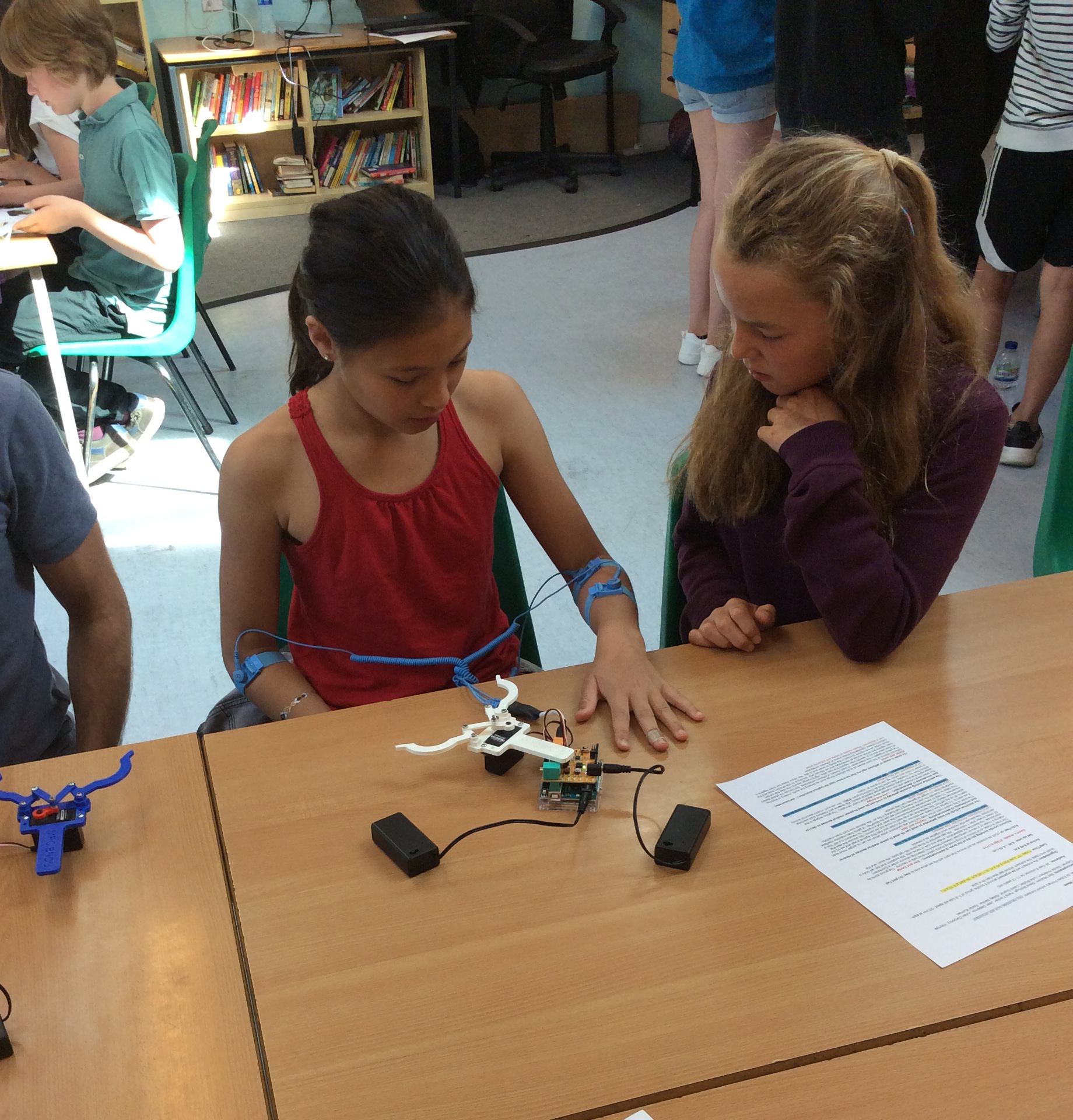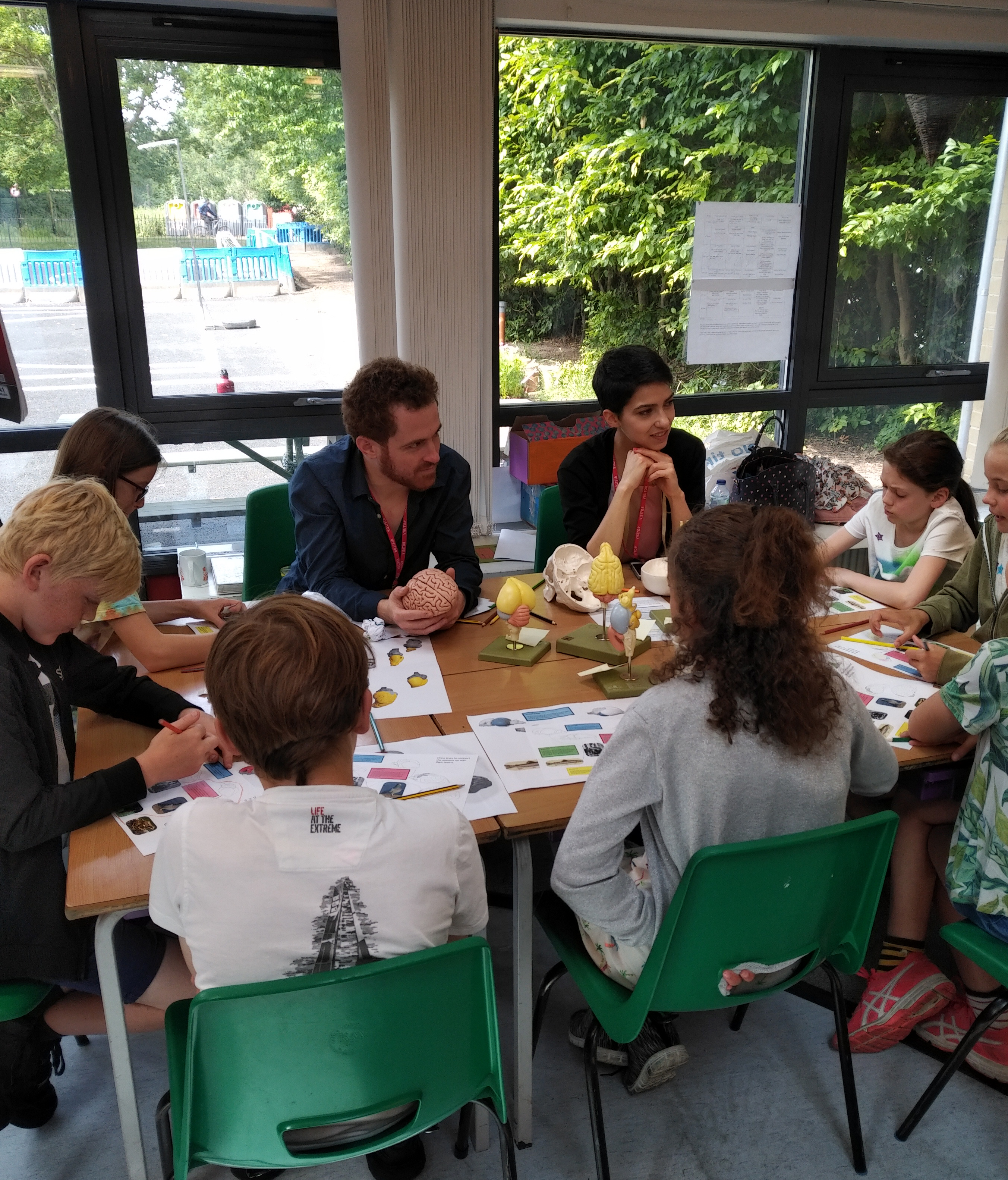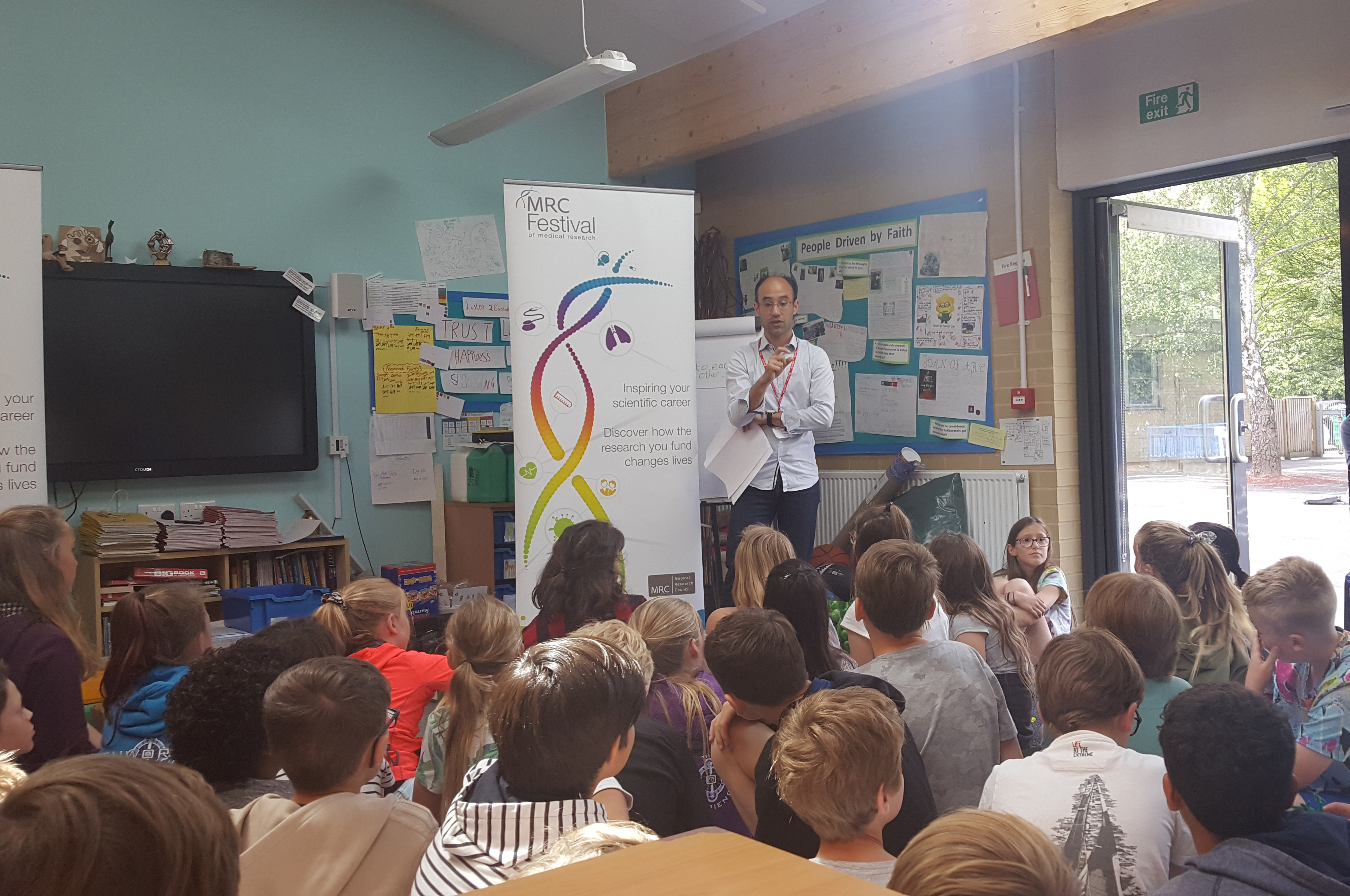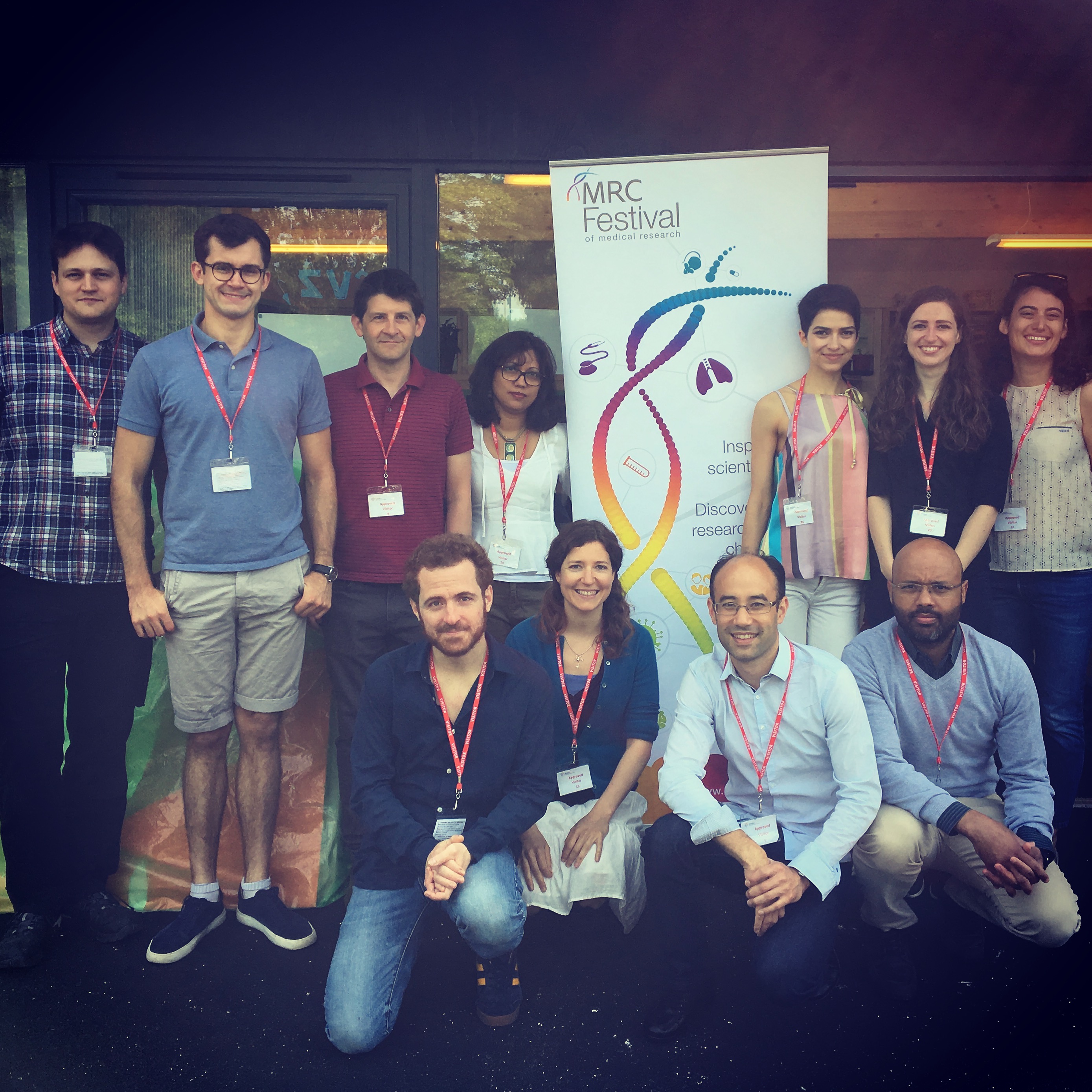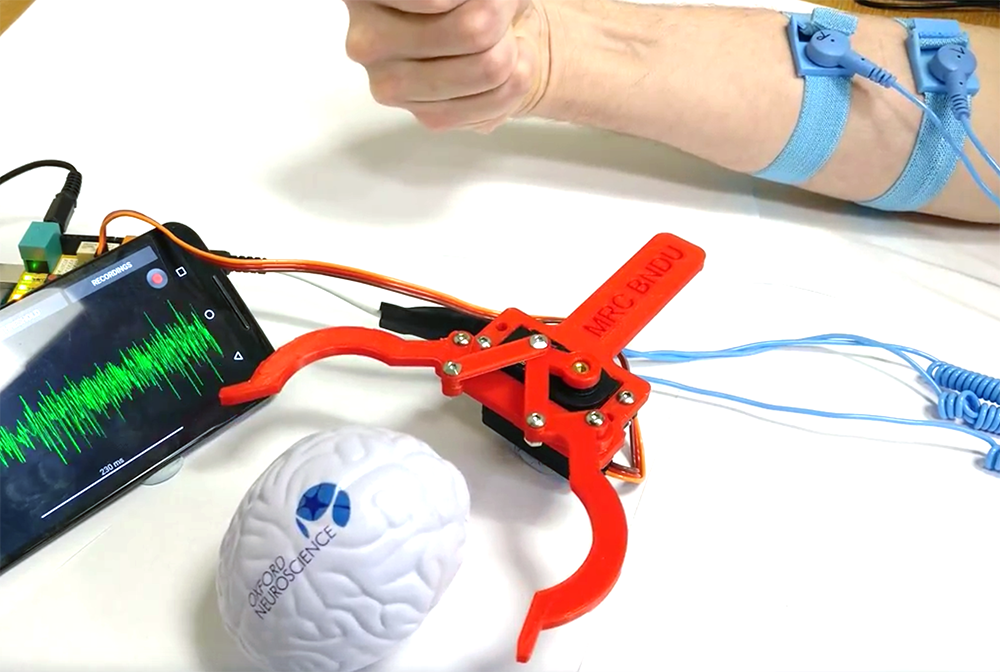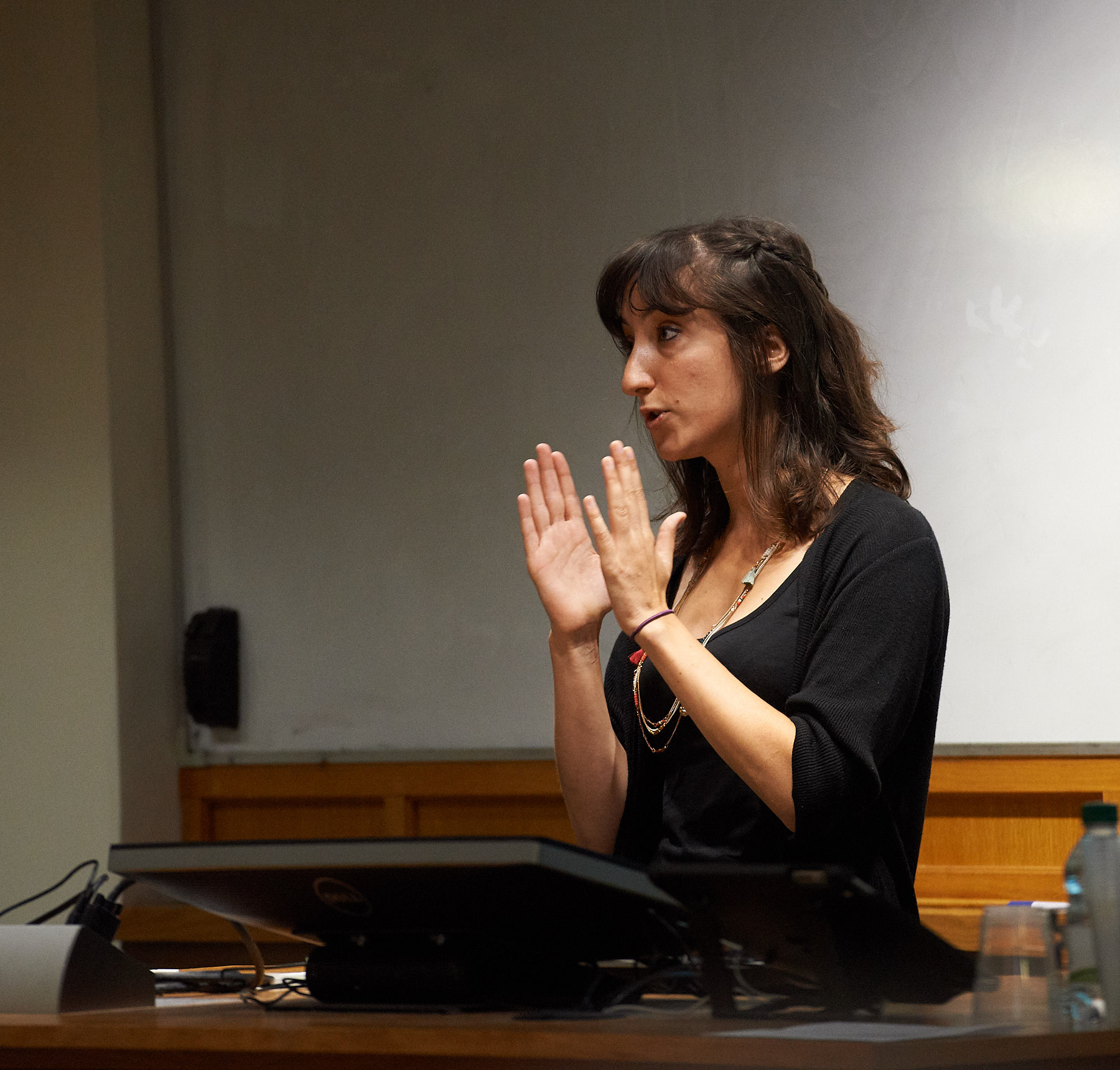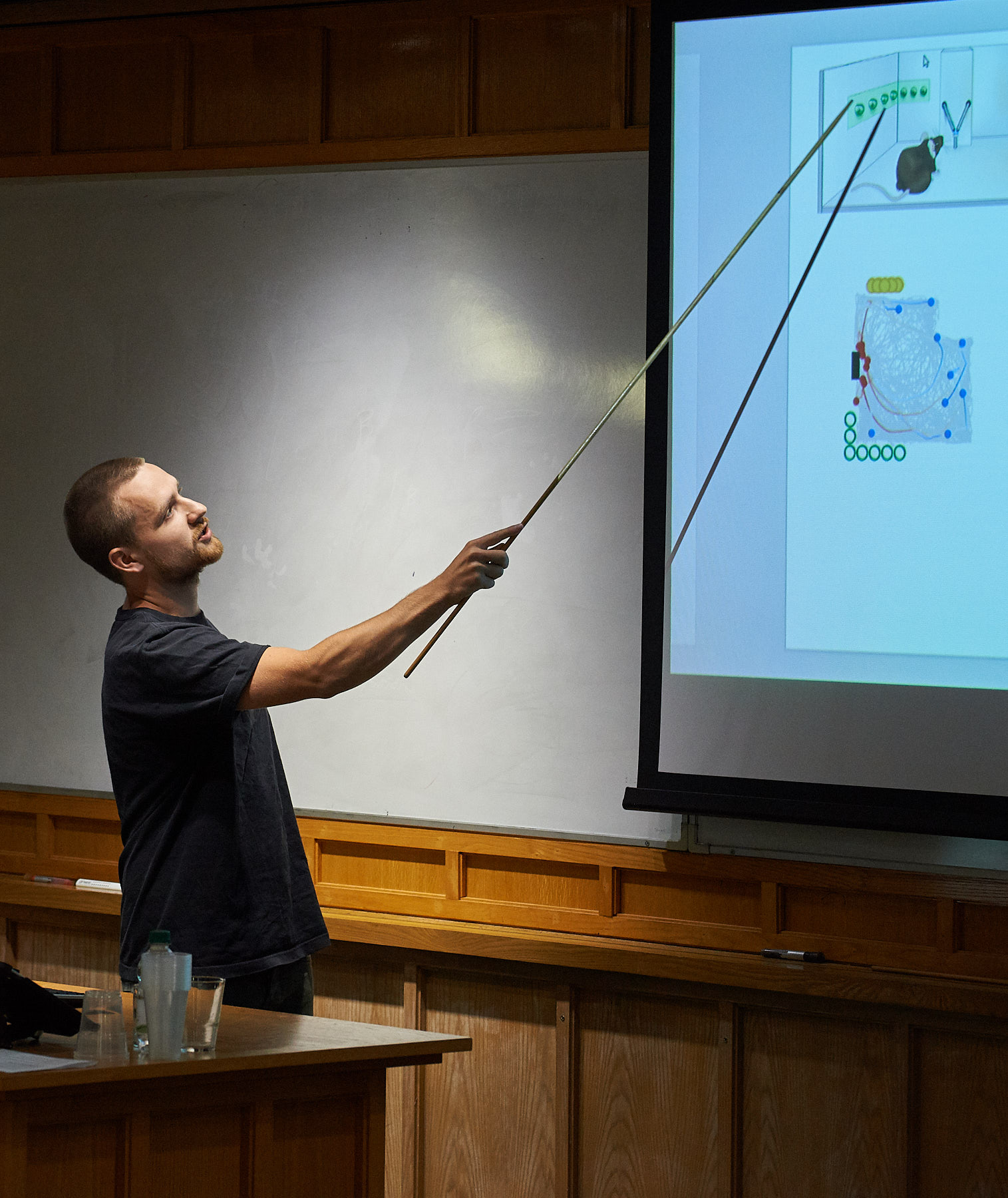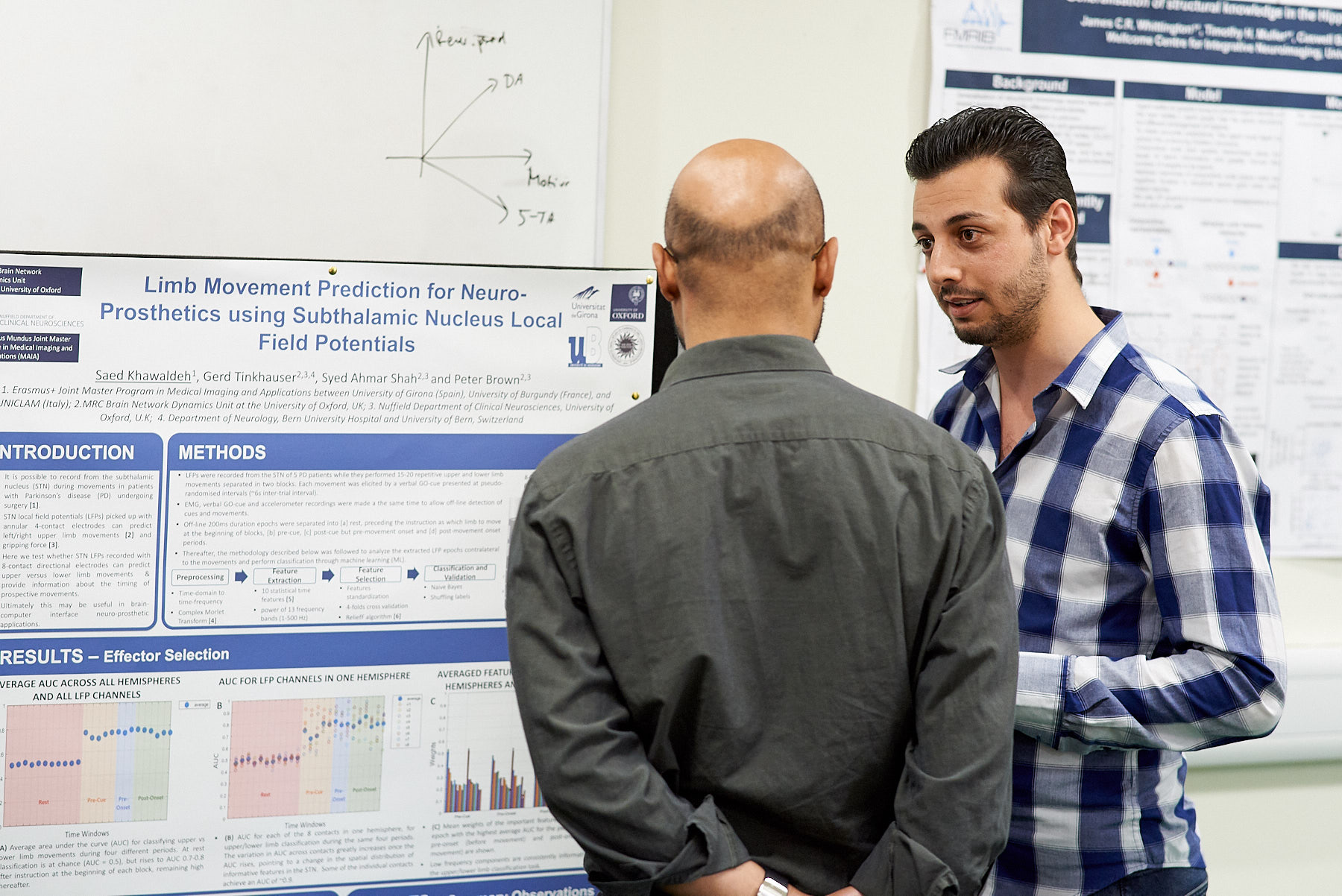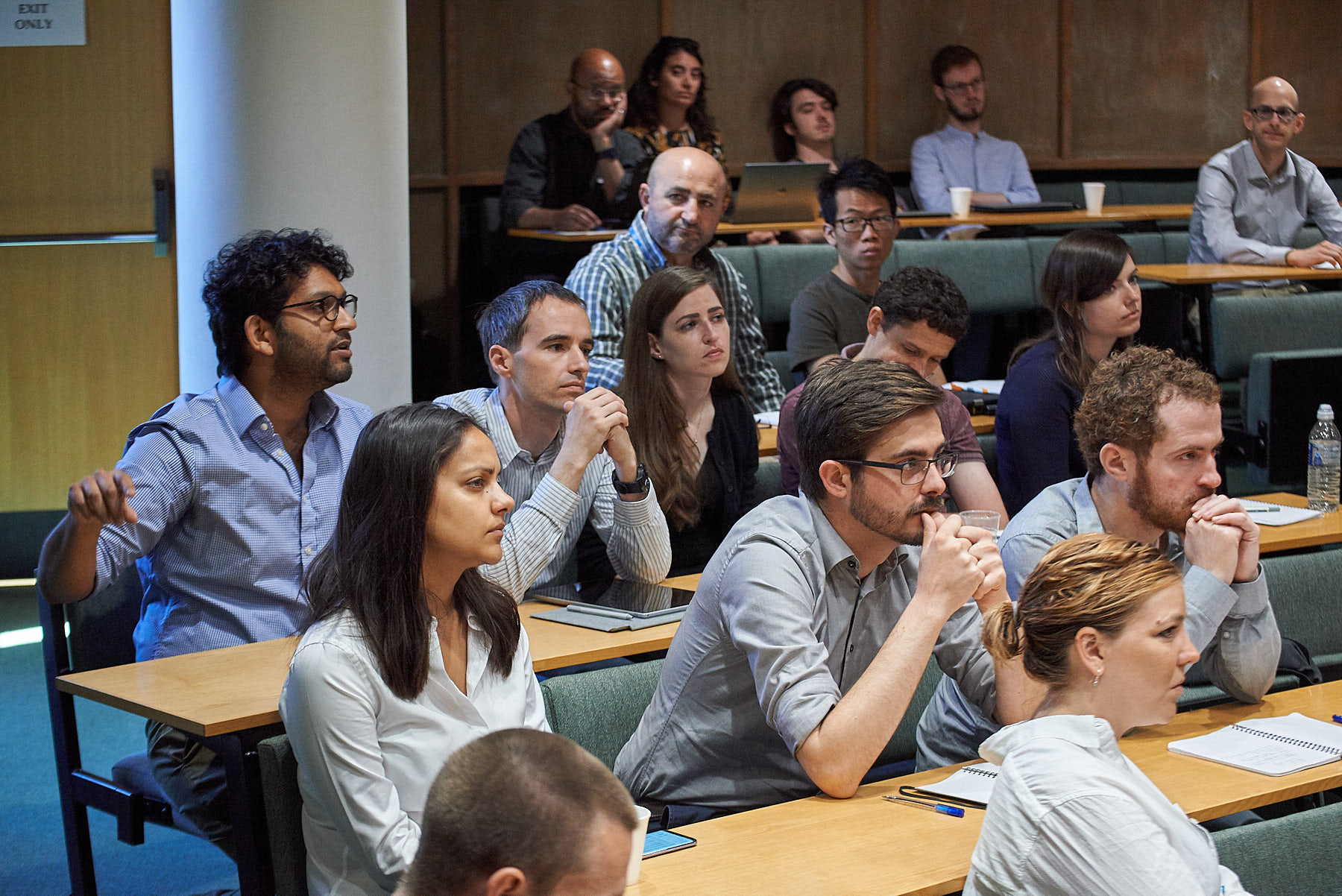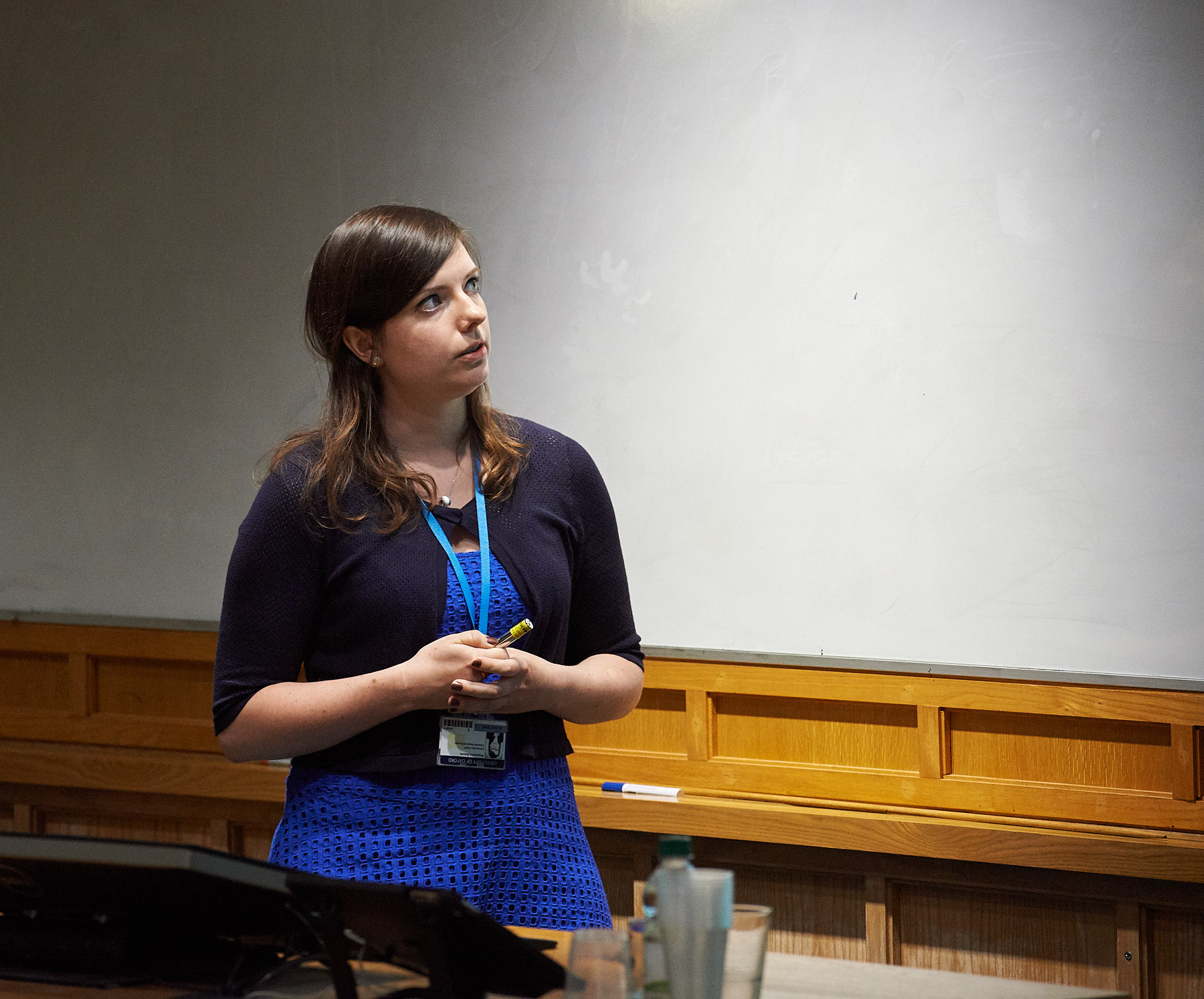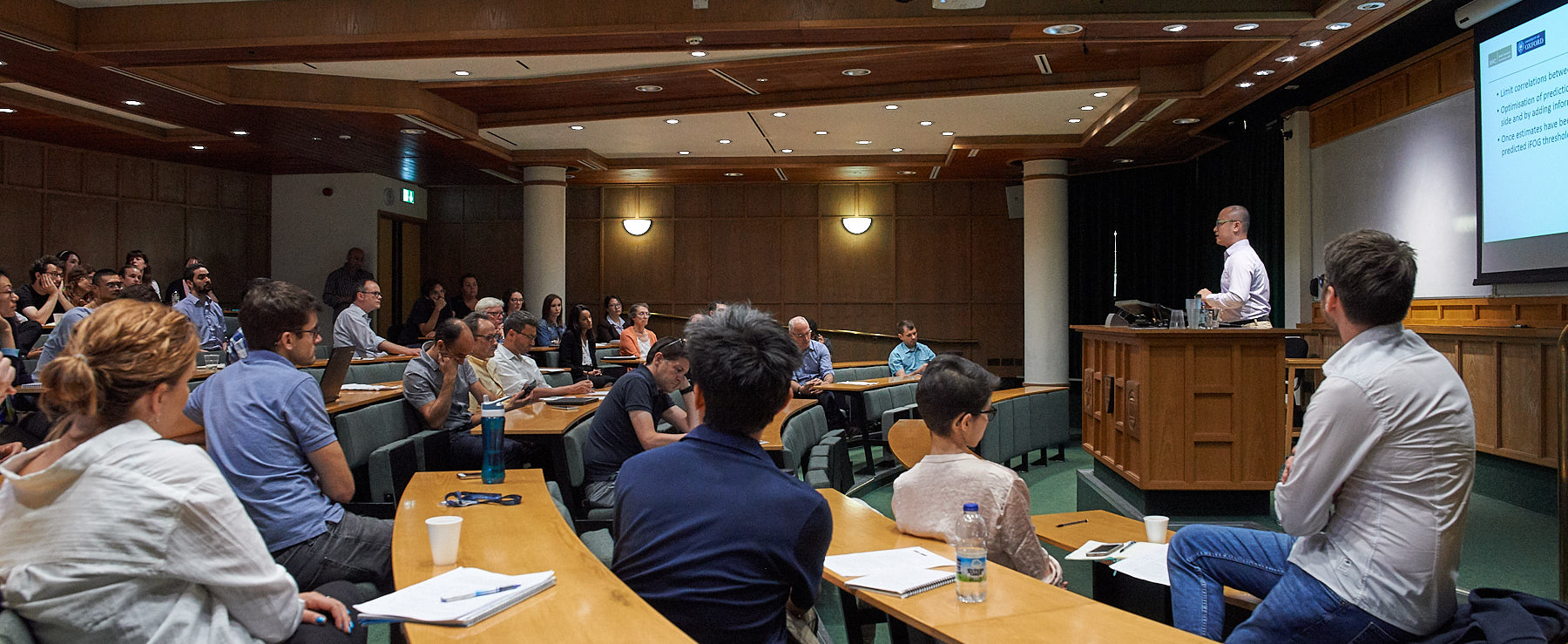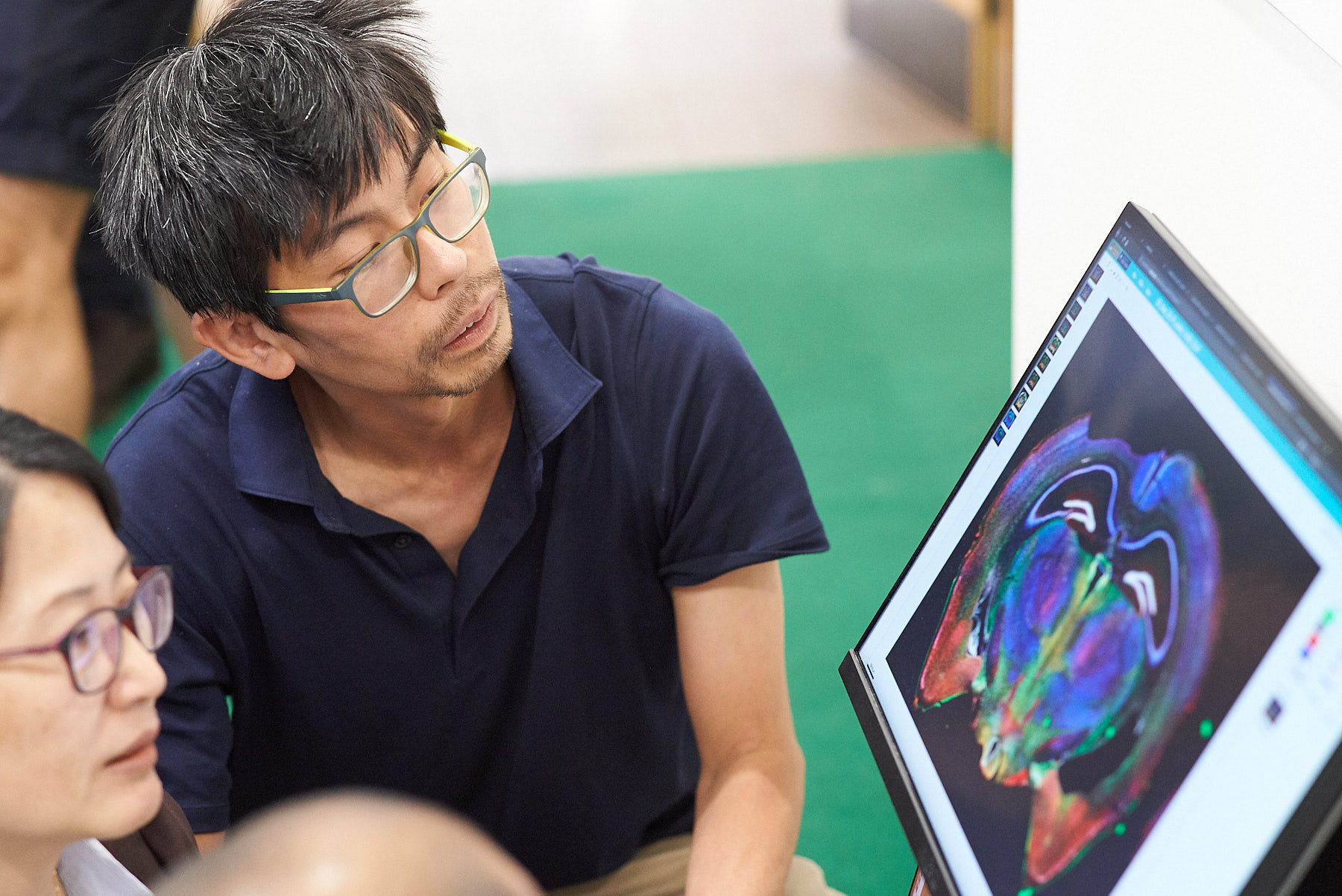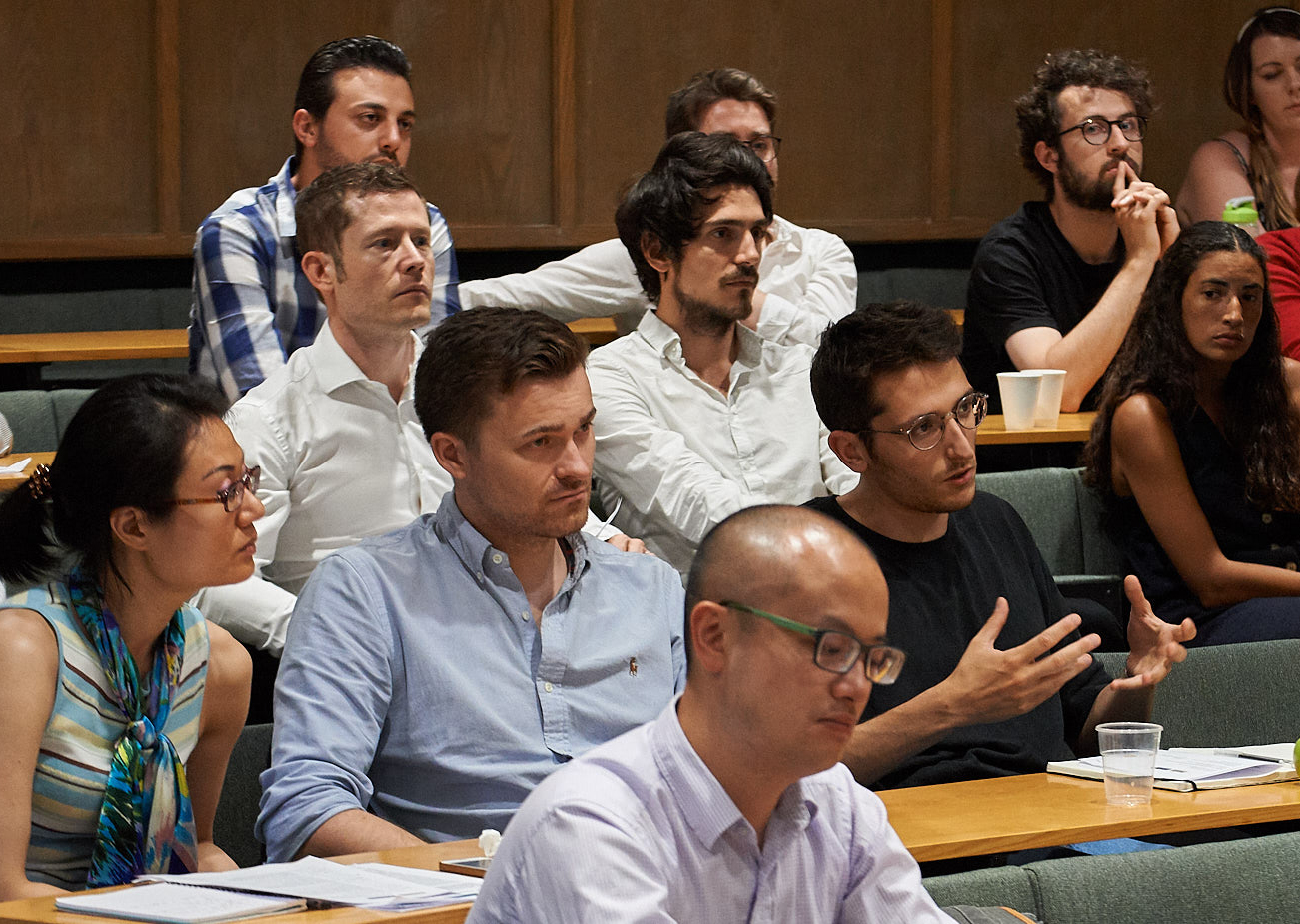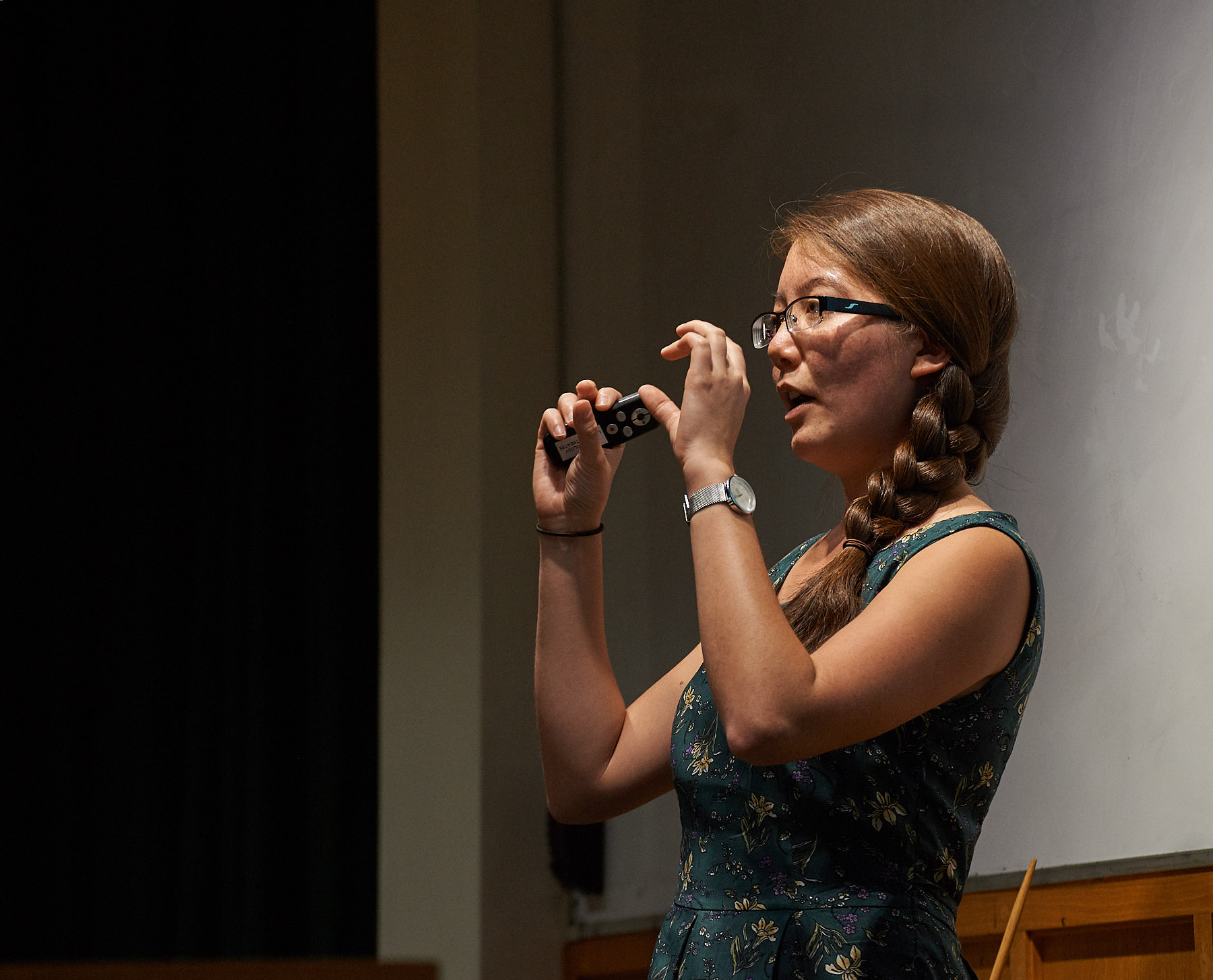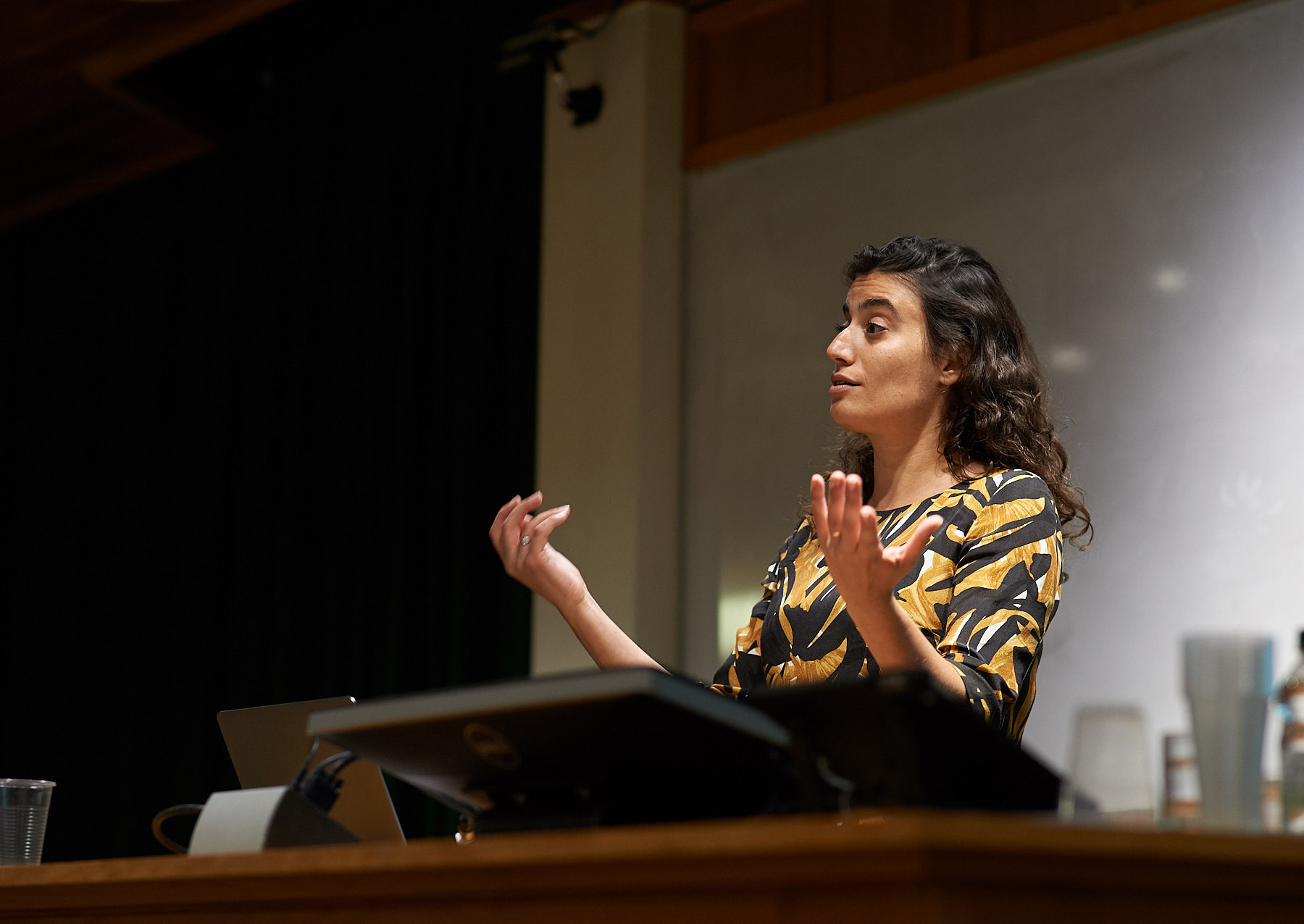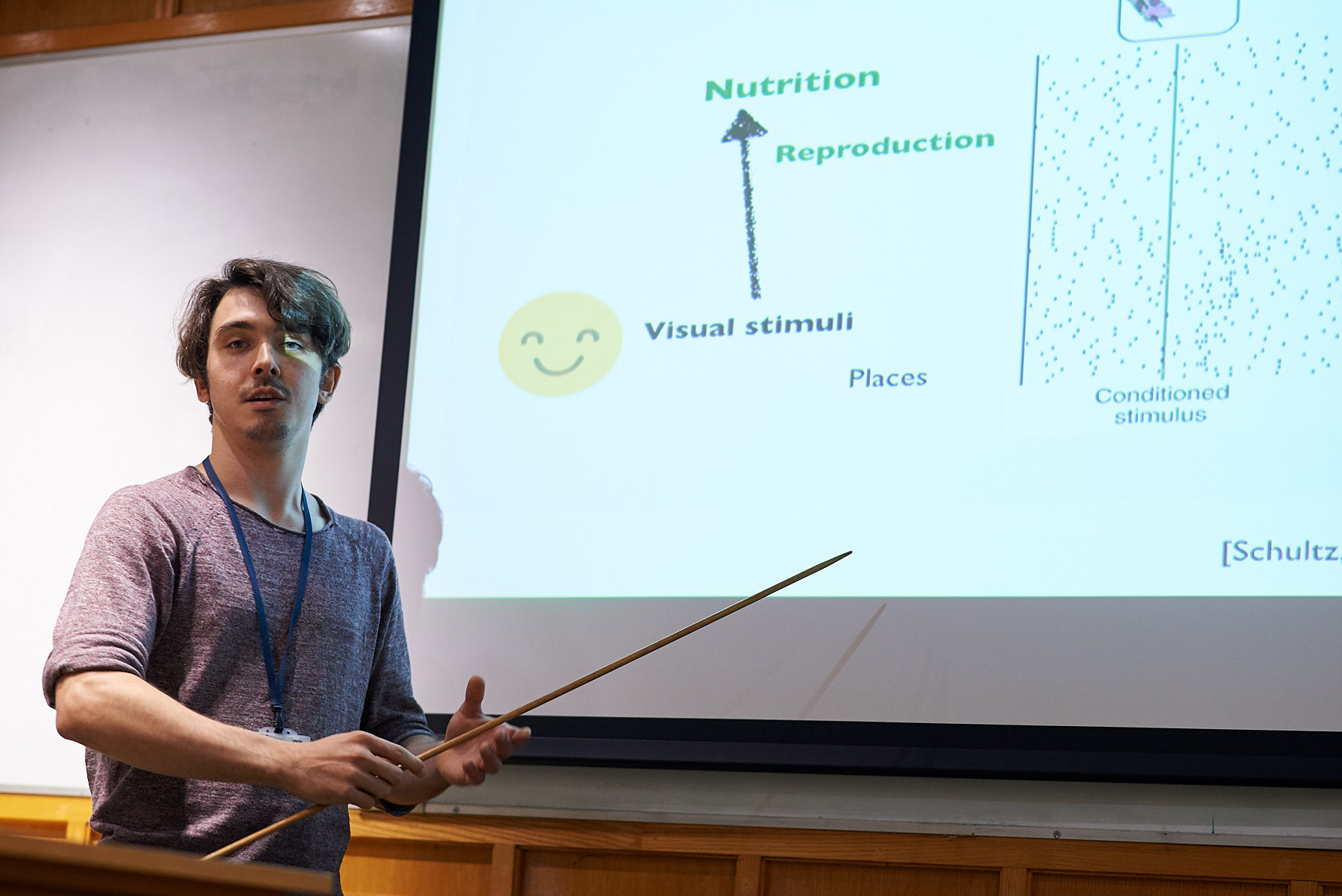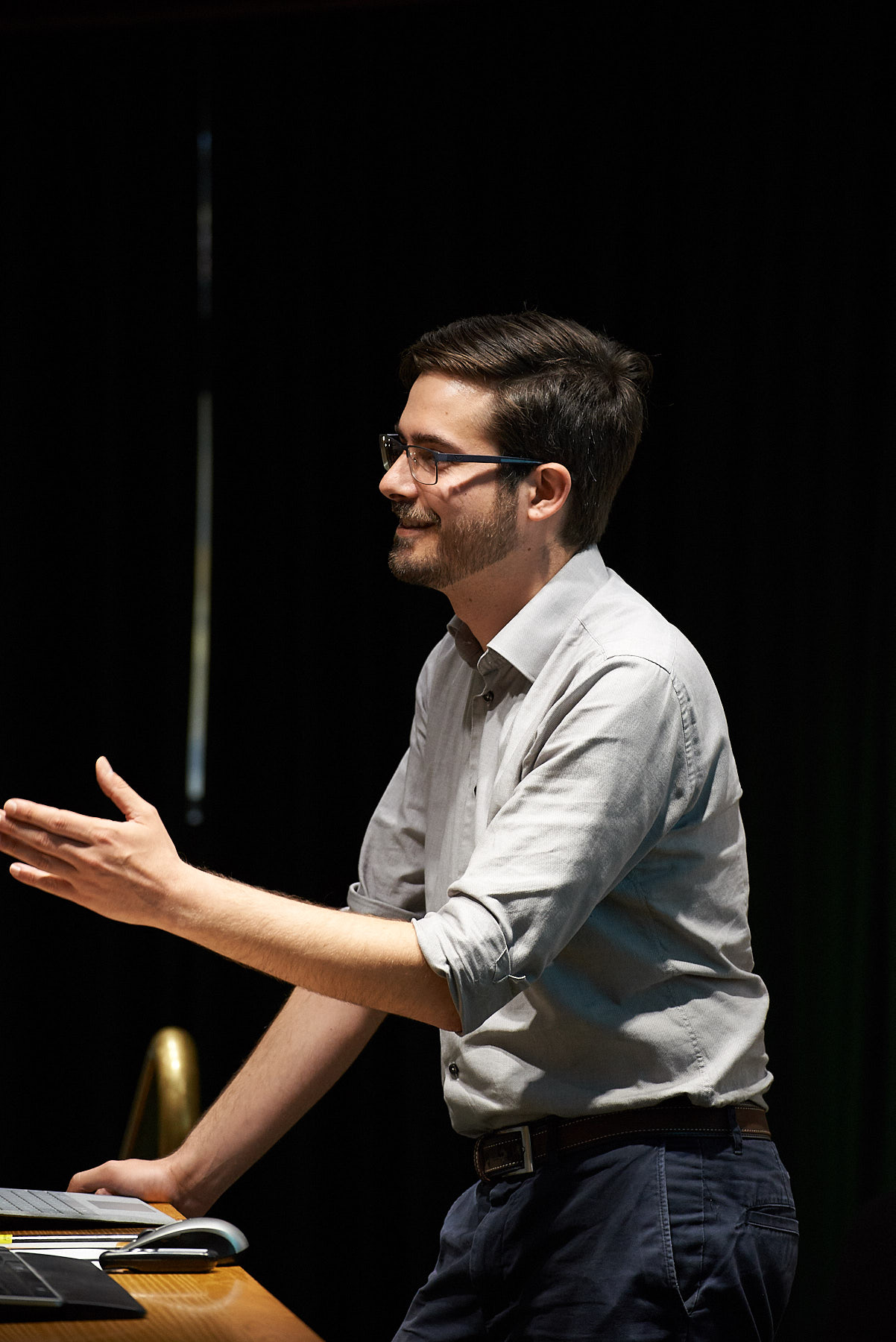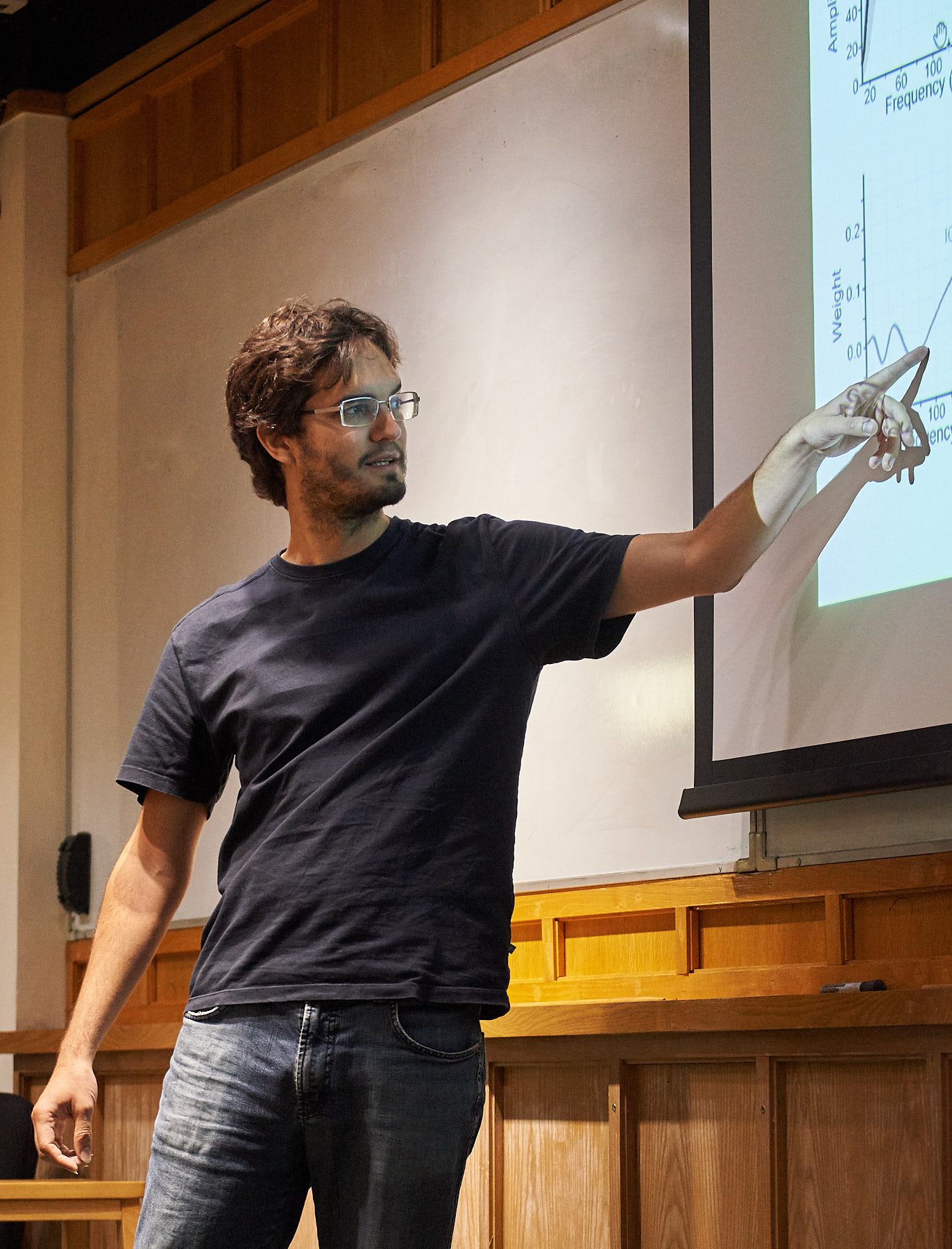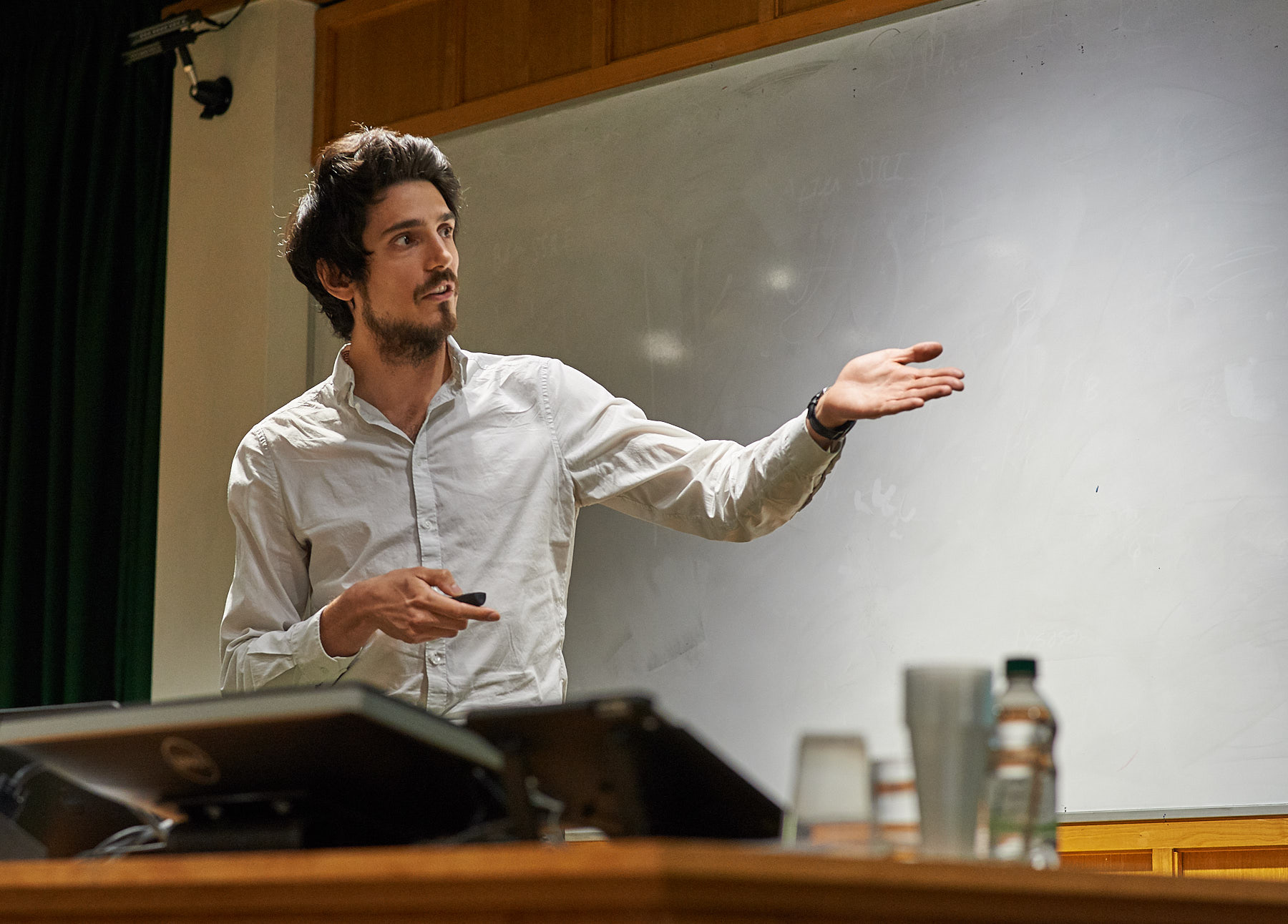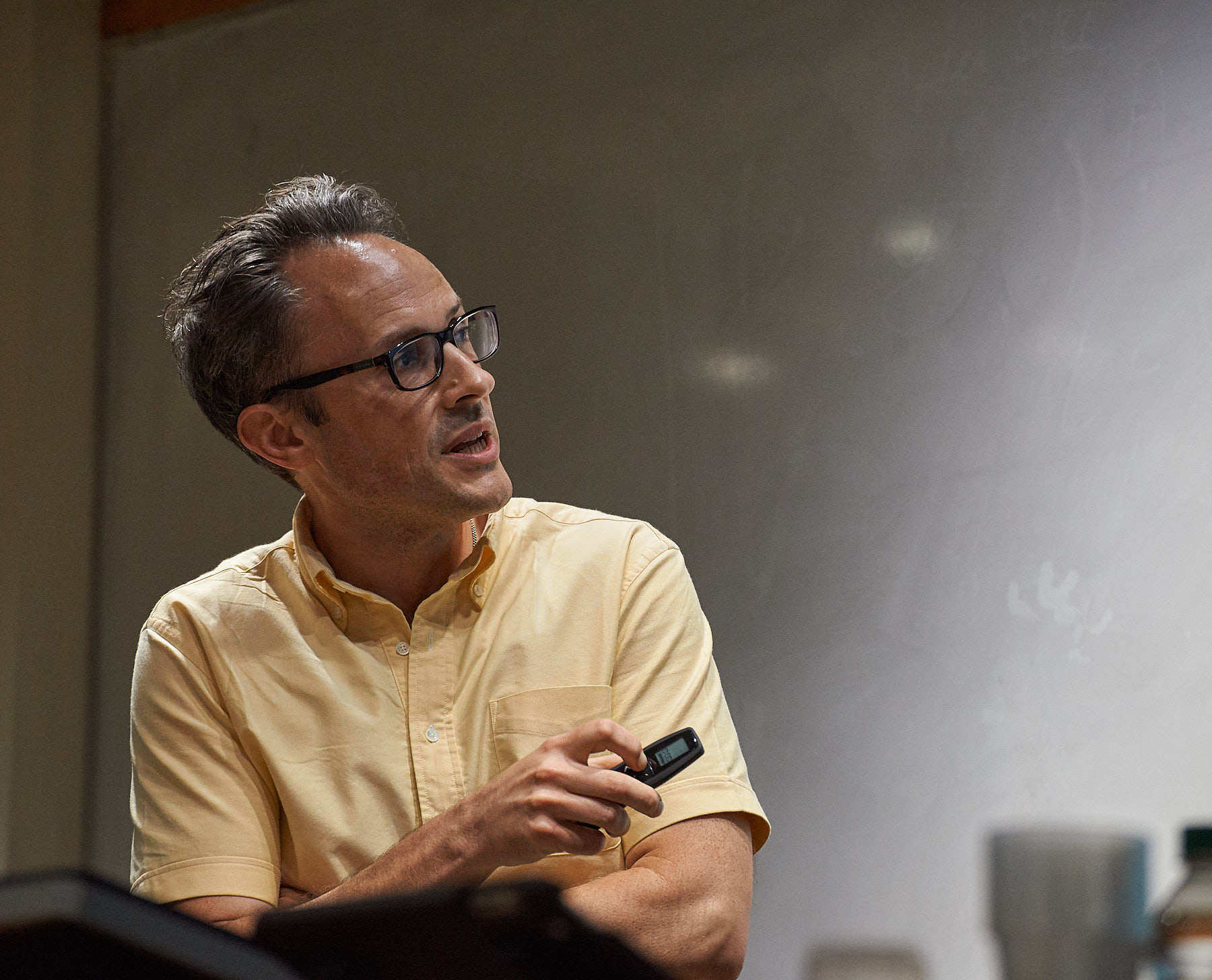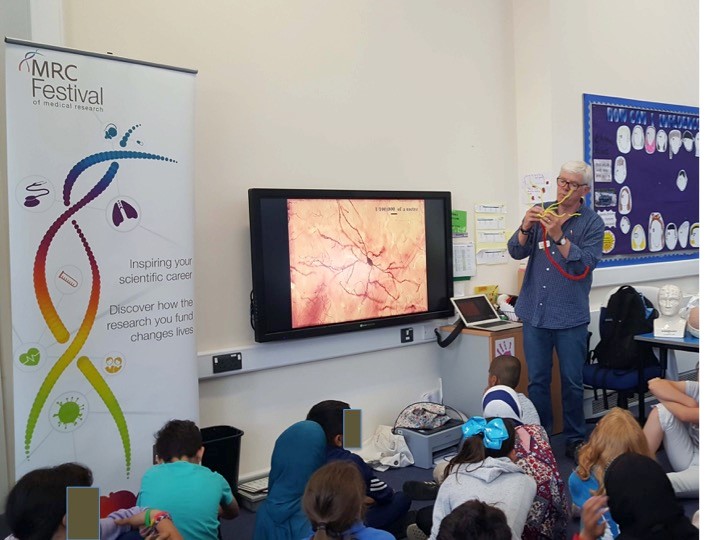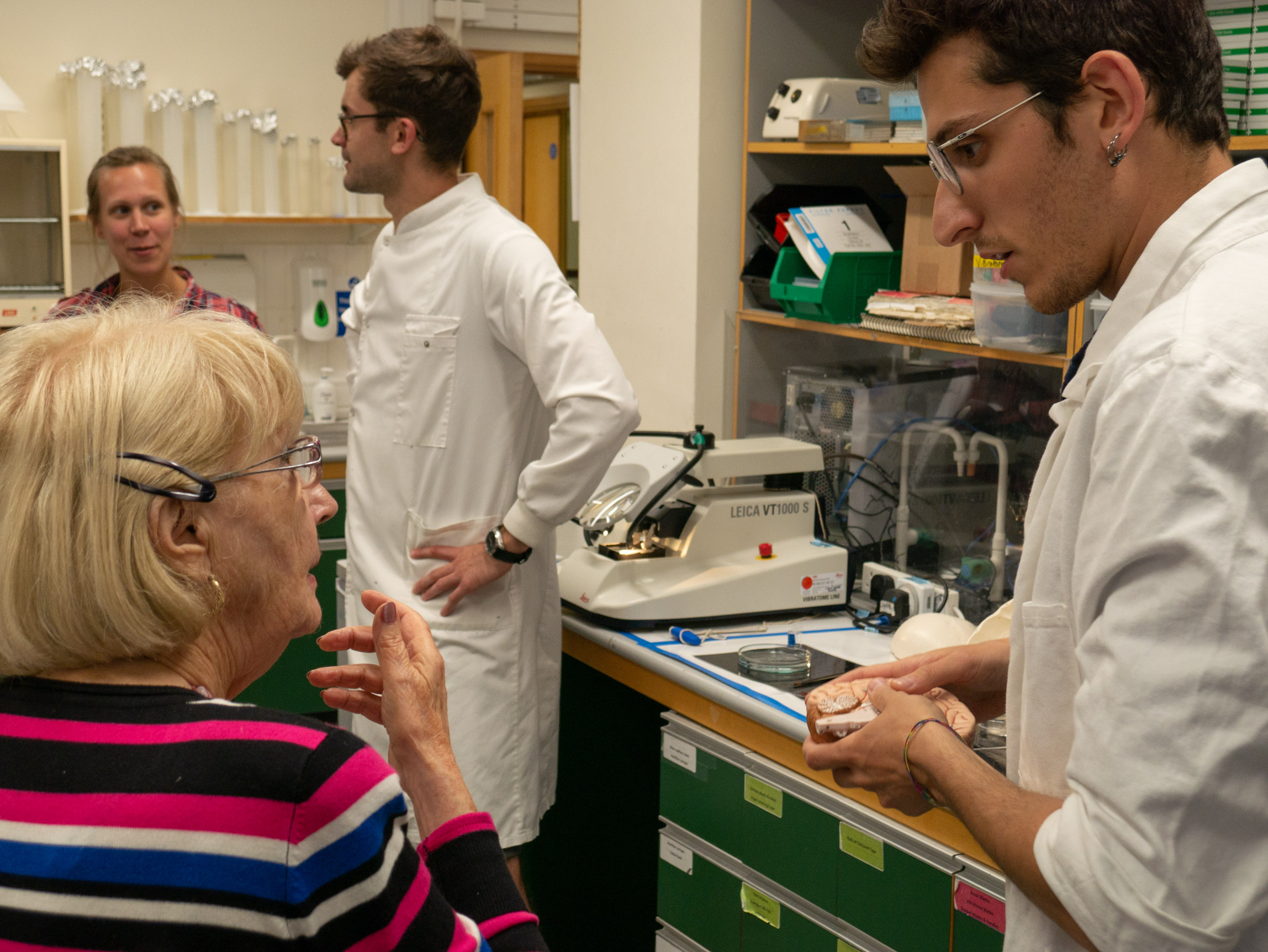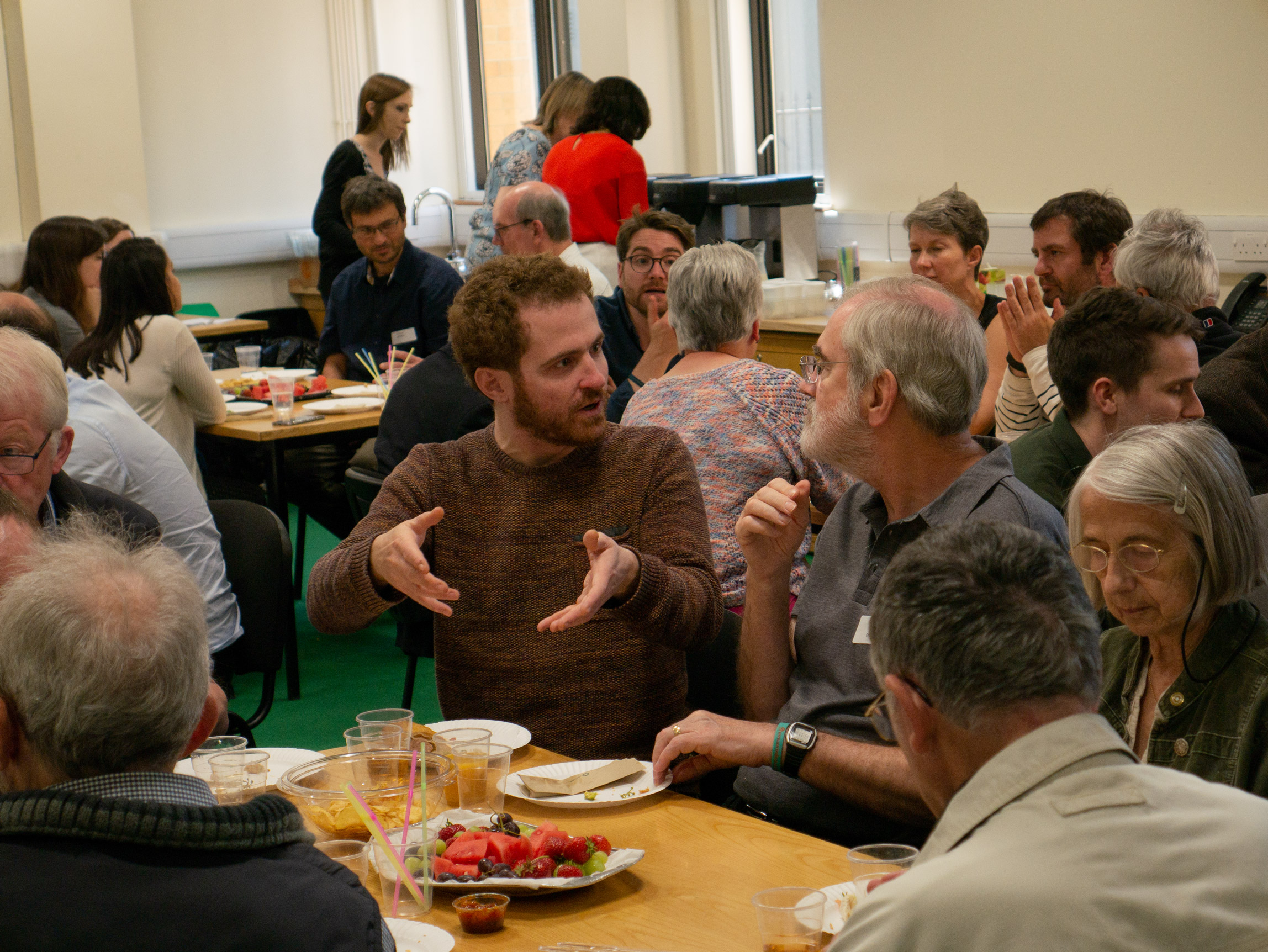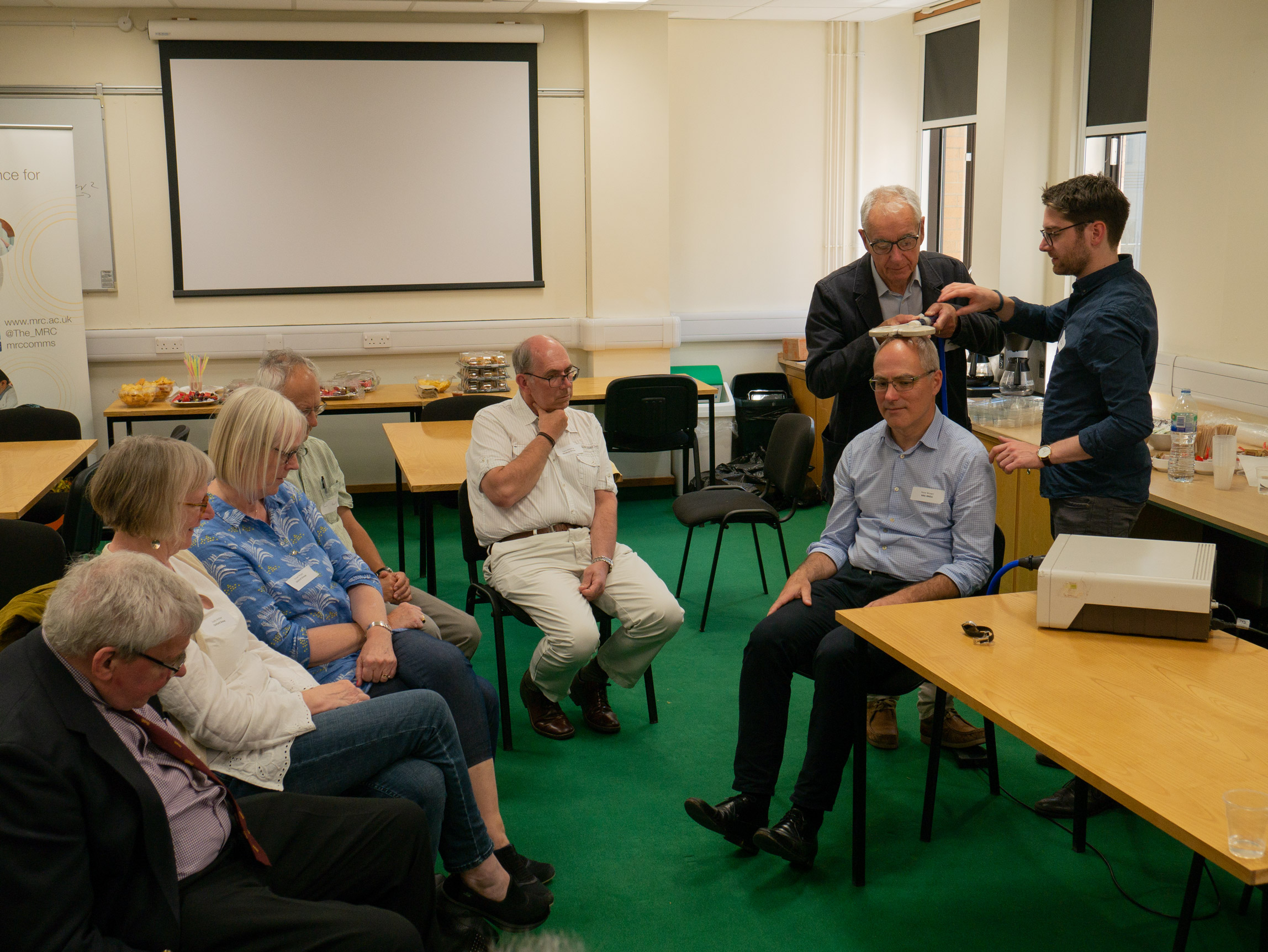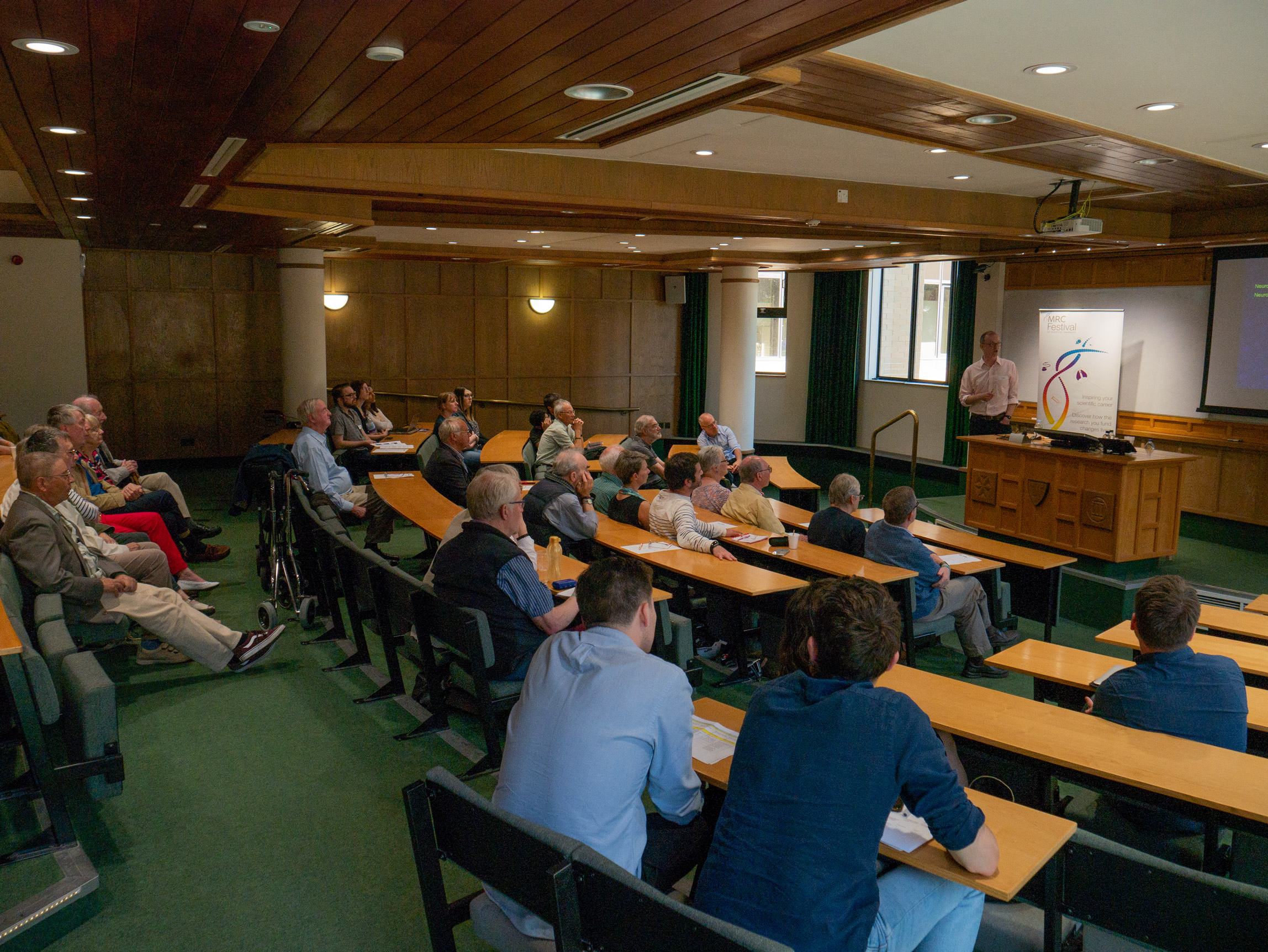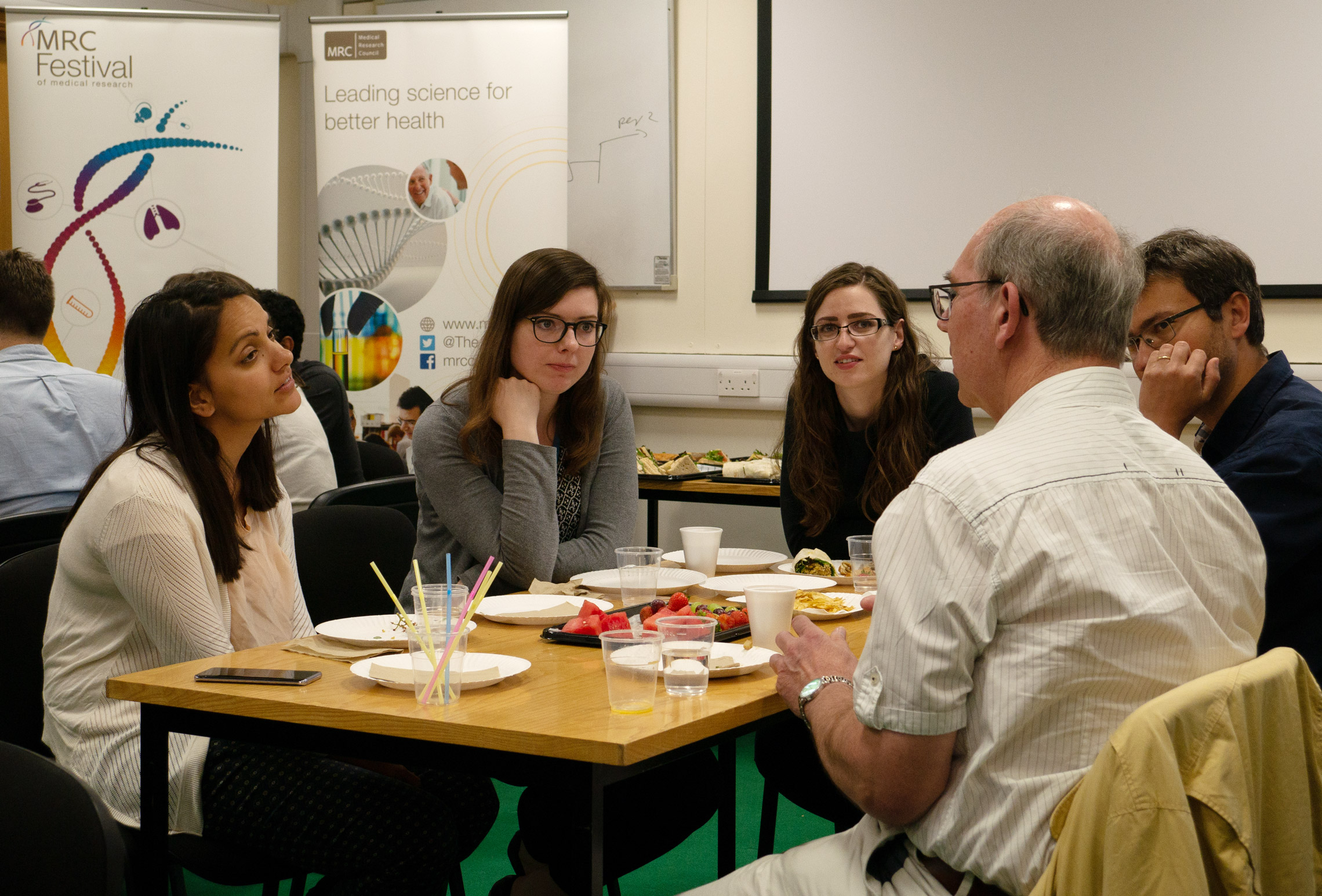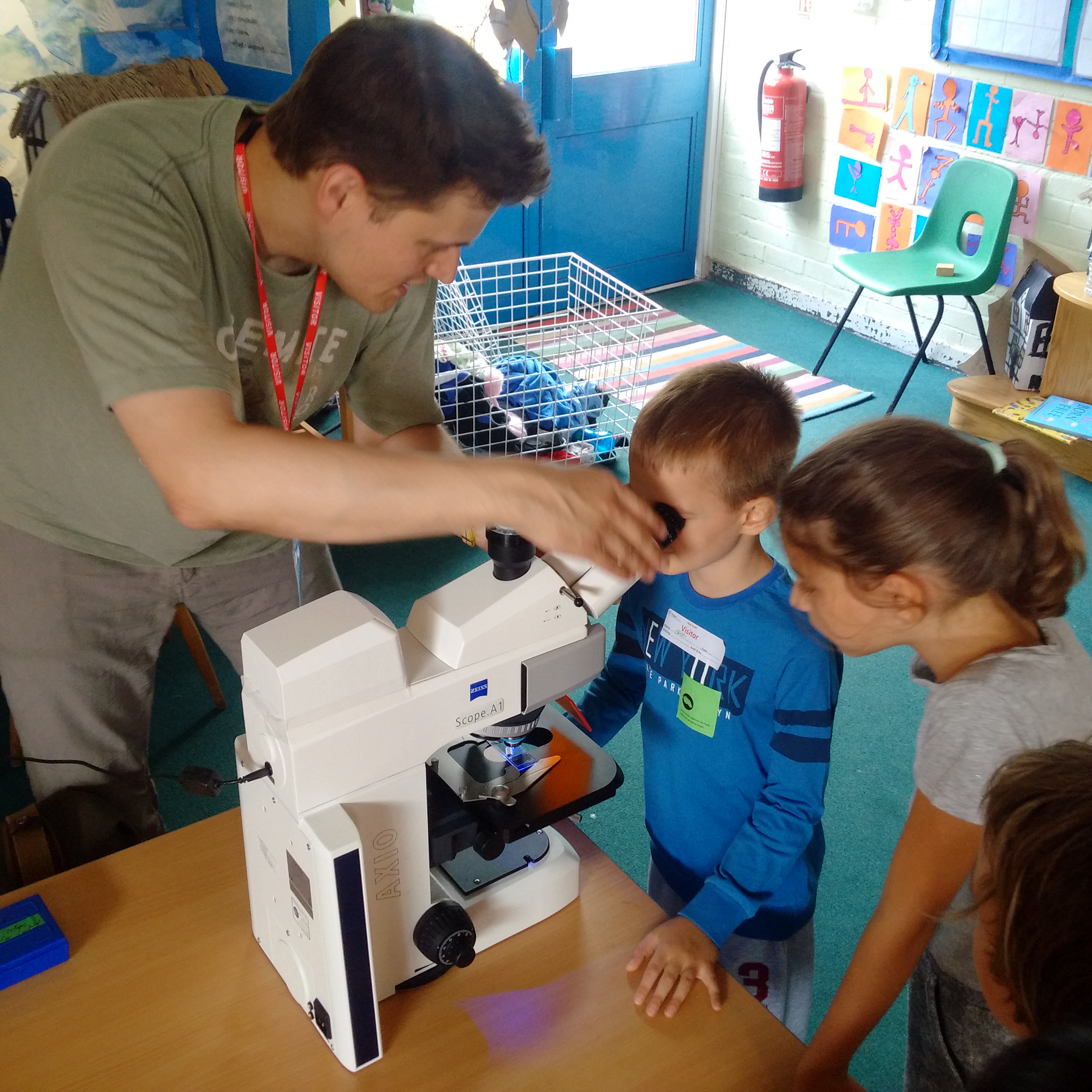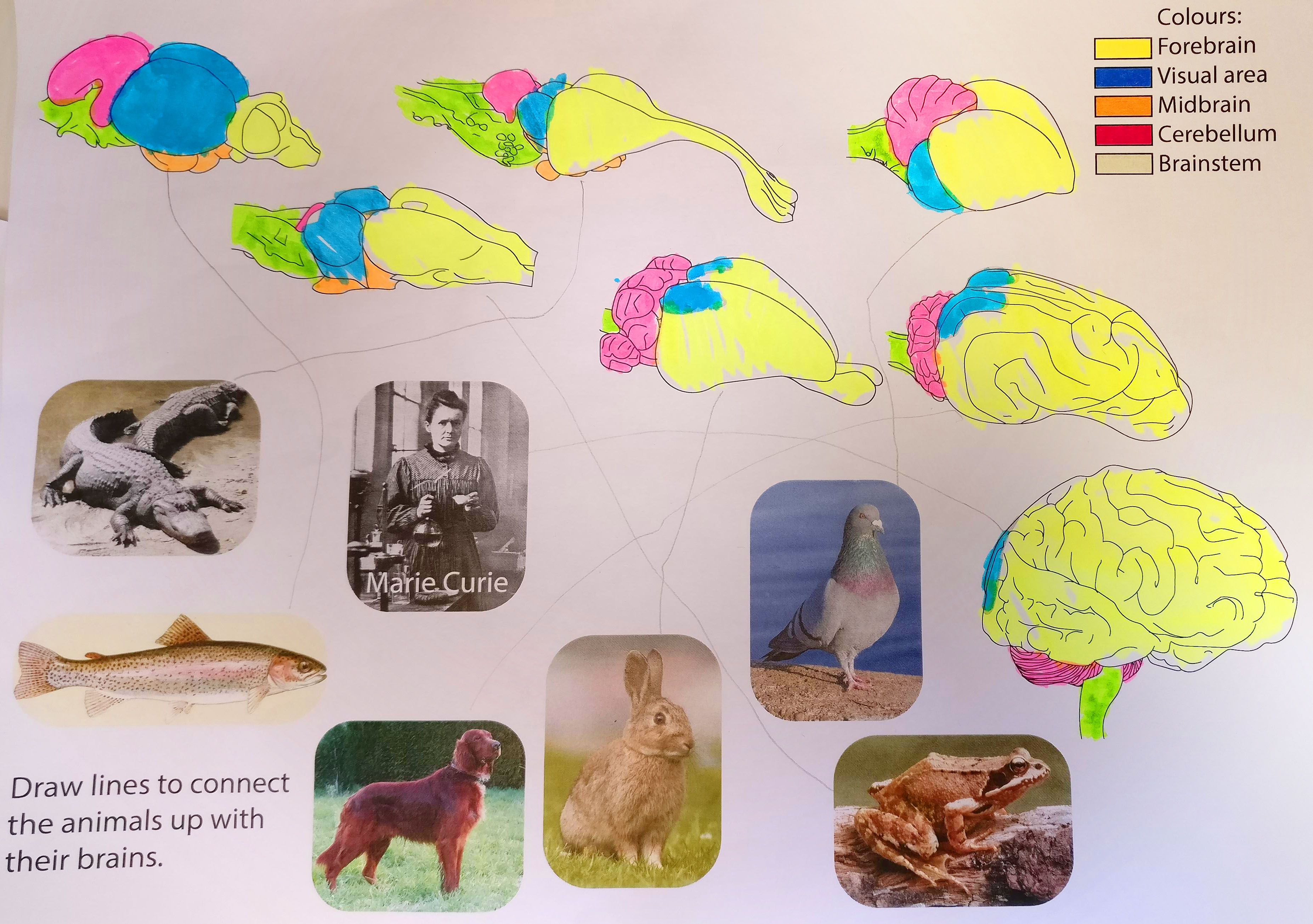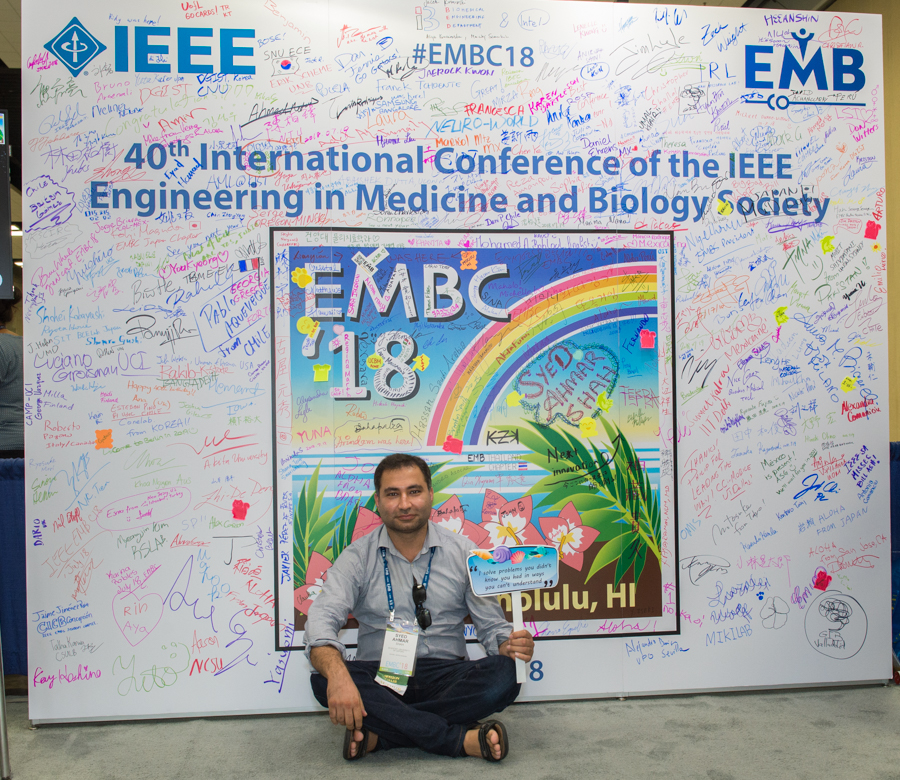
Last week, Ahmar Shah left the Unit to take up his new tenure-track position as a Chancellor’s Fellow at the University of Edinburgh, taking in the 40th International IEEE Engineering in Medicine and Biology Society's Conference in Hawaii along the way!
Ahmar has been working as part of Professor Peter Brown’s Group, where he spearheaded the application of on-line and off-line machine learning techniques. In particular, Ahmar made major advances in the on-line decoding of electrical signals from the human subthalamic nucleus, thereby allowing on-line control of force and identification of tremor. These are key steps in the development of brain-computer interfaces that have the potential to provide stimulation ‘on-demand’ for the treatment of movement disorders.
Ahmar commented “The Unit provides an amazing environment for cutting-edge research, and a wonderful opportunity to work with brilliant scientists from all over the world. In addition to the excellent collaborative science, the Unit offers focused training opportunities and great mentorship for career development. Without a doubt, the research experience and development I had while working in the Unit helped me transition to independence and secure a tenure-track position at the University of Edinburgh.”
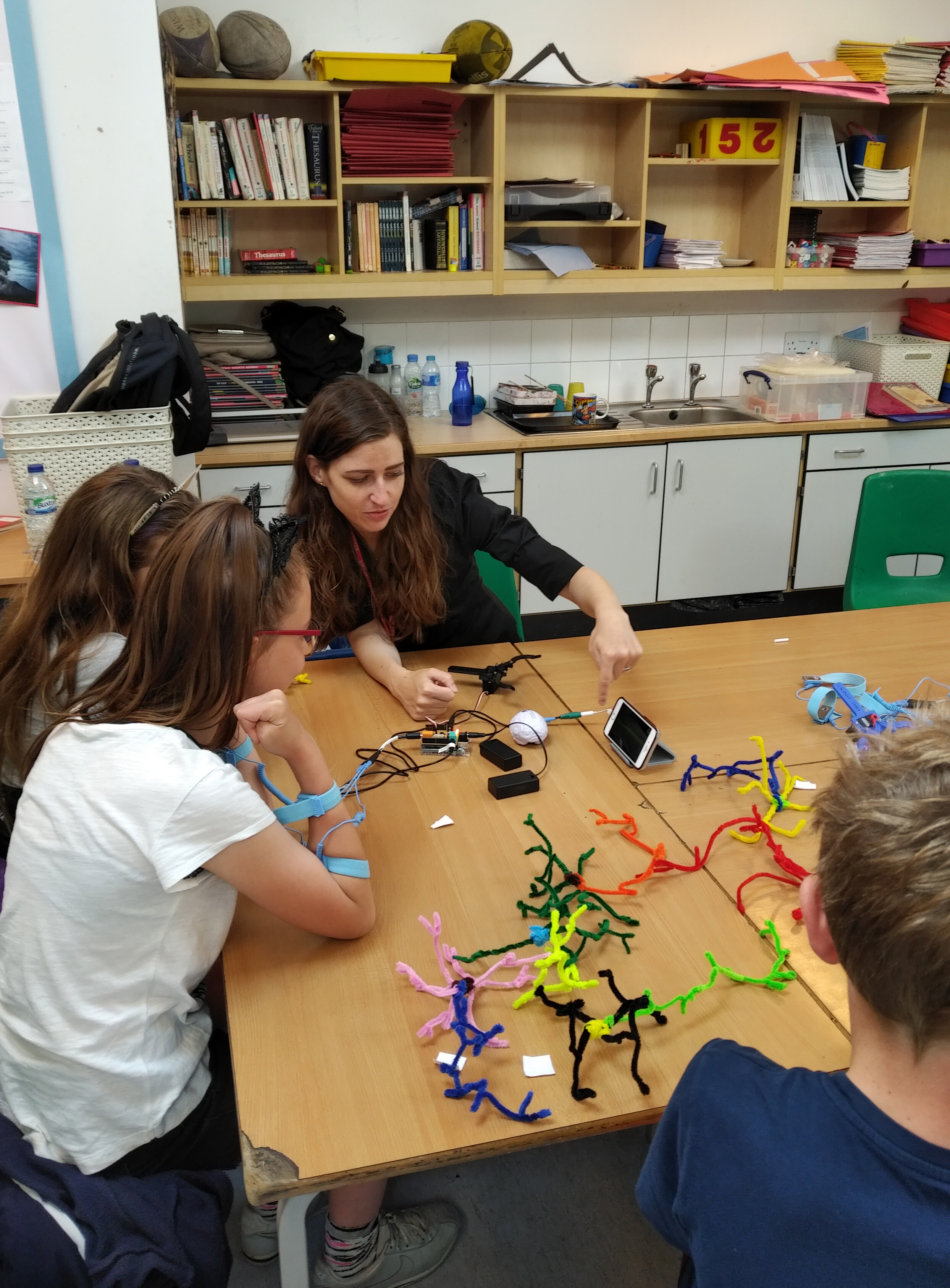
On 15th June, a team of Unit members returned to St Ebbe's C. of E. (Aided) Primary School in central Oxford, where they visited Year 6 pupils and their teachers to help them learn more about science, scientists, and how the brain works to control memory and movement.
Pupils were first given a brief introduction to the work of the Medical Research Council and the MRC Brain Network Dynamics Unit. Pupils, teachers and Unit members then engaged in a range of hands-on activities that included looking at nerve cells under a microscope, reporting on observations by making model cells, measuring electrical activity from muscles to control a robotic claw, comparing the brains of different vertebrates, discovering different types of memories, and using a game version of a brain-machine interface.
School teacher Mrs Eve Jackson commented: “The children (and staff!) were thoroughly bursting with excitement after the session. We are so grateful for the Unit’s members’ time and efforts. I’m sure it will send the children off to secondary school with a passion for science!”
Feedback from the pupils included:
“I loved it, I never knew that our brain had so many parts.”
“The lifting the ball thing with my thoughts was so cool, I thought I was a Jedi.”
“I went home with so much knowledge about the brain, I loved learning about animal brains - I quizzed my family and I knew SO MUCH MORE!”
“The goggles were the best part - my eyes thought they were being tricked.”
The Unit’s visit to the school was one of many public engagement events led by the Medical Research Council and held across the country from 14th-24th June 2018 as part of the MRC Festival of Medical Research.
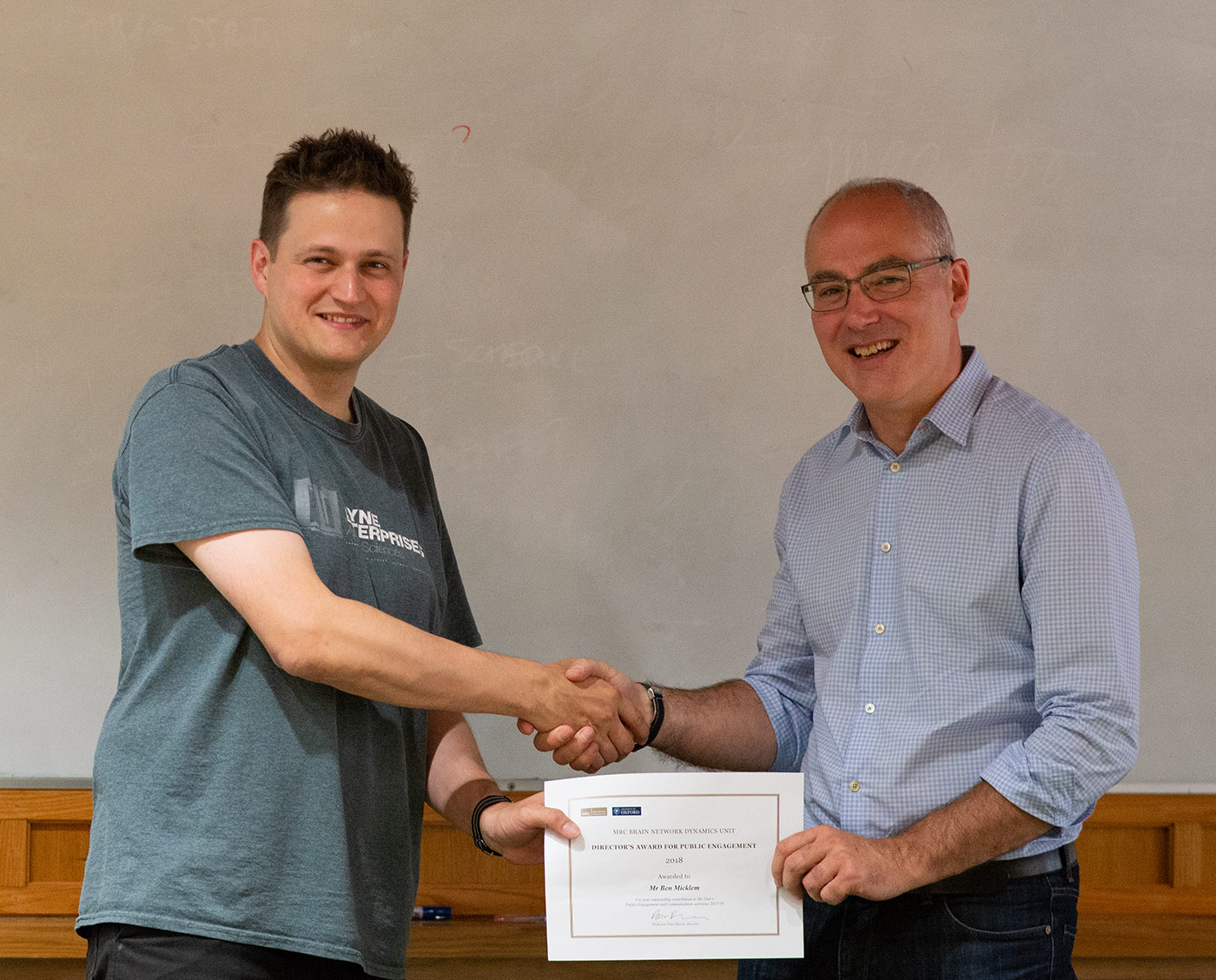
Congratulations to Unit Research Support Manager Mr Ben Micklem on winning the Director’s Award for Public Engagement for 2018.
The Award is given annually, on the basis of nominations made by Unit members, to recognise and celebrate the exemplary contributions of an individual or small collective to the Unit’s extensive Outreach Programme.
Ben received his Award from Unit Director Professor Peter Brown at a special ceremony held at the Unit’s biannual Science Day.
Professor Brown commented “It gives us all great pleasure to recognise and reward Ben in this way. Ben has contributed to almost every public engagement activity hosted within the Unit over the last 3 years. He has also driven the development of the Unit’s website, a key resource for outreach. Last but not least, Ben has started running science clubs at a local primary school. Ben provides a sterling example to us all of excellence, commitment and personal initiative in public engagement.”
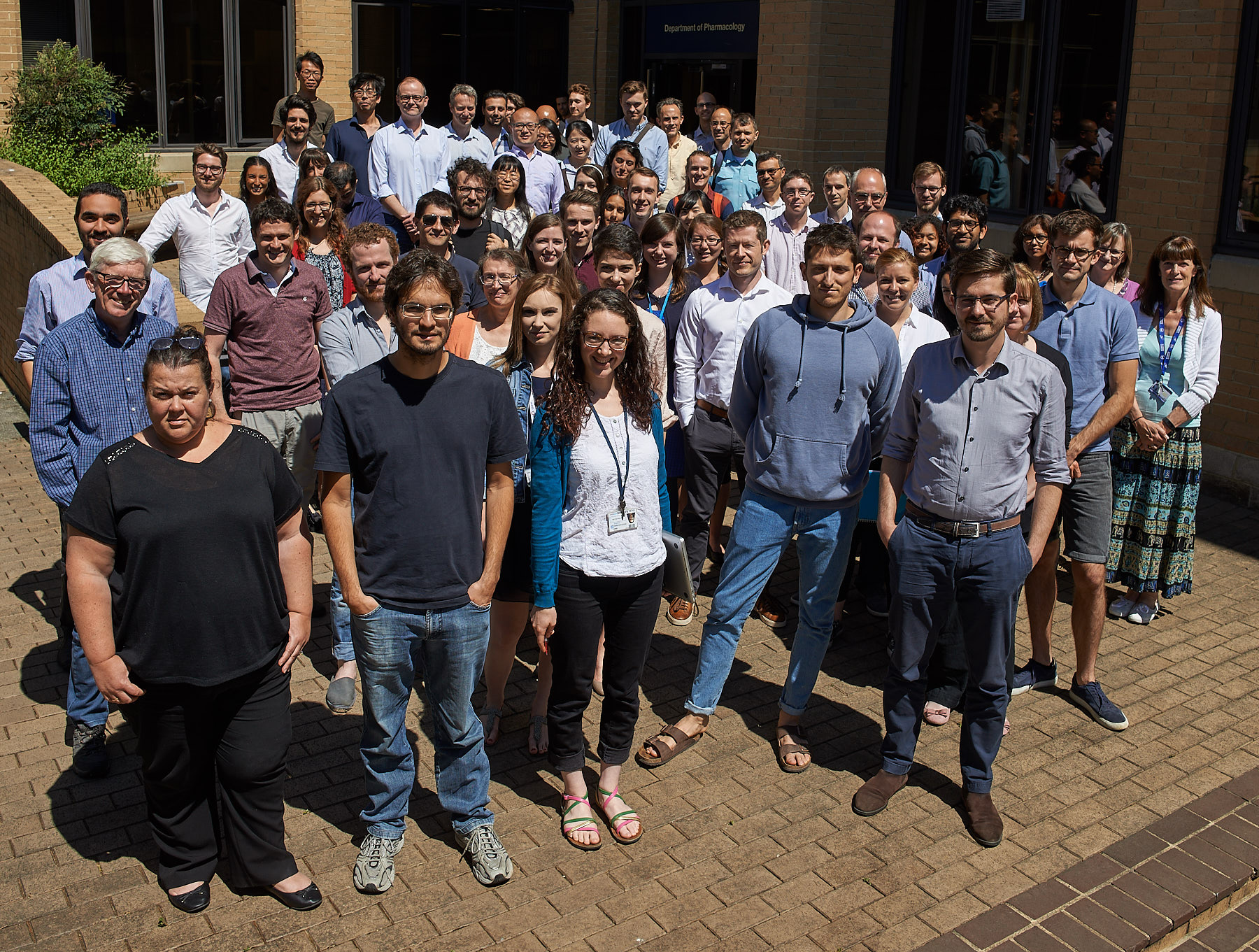
The Unit held its seventh Science Day on Friday 29th June 2018. Ongoing, unpublished and future research projects were the centre of discussion, and Unit members and visitors eagerly took the opportunity to give the constructive criticism that is needed to foster world-leading collaborative research.
There were 10 short talks and 6 poster presentations, all of which were given by the Unit’s early-career scientists. Attendees were also treated to a Special Lecture by Professor Matt Jones of the University of Bristol, in which he gave an entertaining and insightful account of cortical activity dynamics during learning and decision making.
Unit Director Professor Peter Brown commented "Another great Science Day at the Unit. We were all energised by the fantastic discoveries being made by the younger generations of talented scientists in the Unit. Their creative and collaborative thinking epitomises our scientific culture, and continues to reveal exciting new insights into brain function and dysfunction."
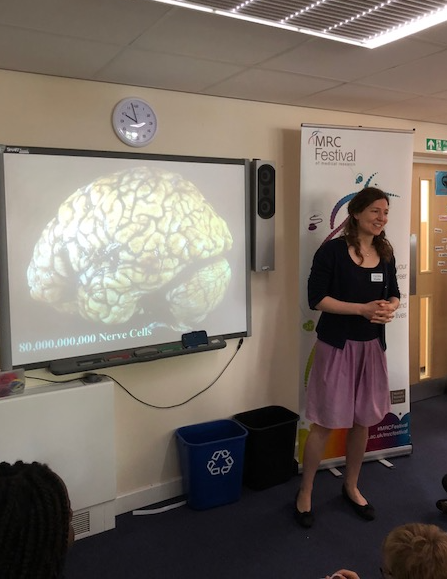
On 20th June, Unit scientist Dr Petra Fischer and Associate Unit Member Professor Paul Bolam visited pupils at Larkrise Primary School in central Oxford, to help them learn more about science, scientists, and how the brain works.
Armed with a variety of eye-catching demonstration aids taken from the Unit’s Public Engagement Toolbox, Petra and Paul spent the morning with two classes of children from Year 6. They introduced the children to what a scientist is and does, and then lead discussions of some key messages about nerve cells and their networks, the electricity and connections of the brain, and diseases of the brain. The children then dove into some practical sessions, such as building pipe cleaner models of nerve cells, and exploring the Unit’s brain tissue specimens. At the end of the visit, the children were given some colourful mementoes of the experience.
The school visit was one of many public engagement events led by the Medical Research Council and held across the country from 14th-24th June 2018 as part of the MRC Festival of Medical Research.
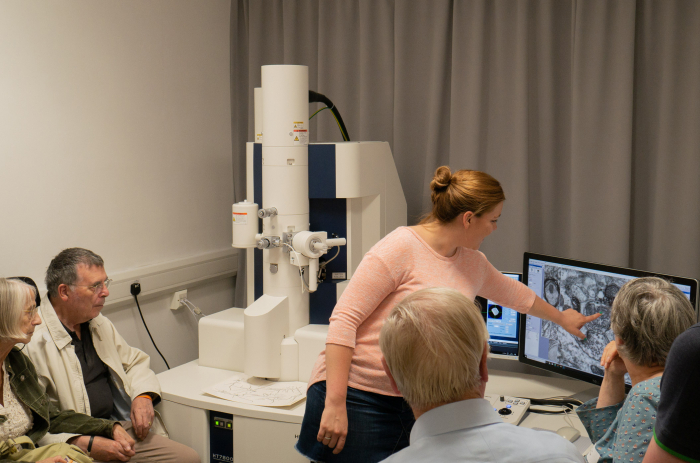
Yesterday, the MRC Brain Network Dynamics Unit welcomed lay members of the Oxford, Banbury and Reading groups of the charity Parkinson’s UK to learn more about the Unit’s research on the causes and treatment of Parkinson’s disease.
The visit began with Unit Director Peter Brown highlighting the wider work of the Medical Research Council, the Unit’s scientific mission, and the joint commitment to public engagement with research. This was followed by short presentations from Clinical Research Fellow Gerd Tinkhauser on Deep Brain Stimulation as a therapy for Parkinson’s, and from Unit Deputy Director Peter Magill on the use of animals in Parkinson’s research. Each of the talks was integrated with a lively discussion session in which the visitors’ questions came thick and fast, stimulating further conversations about Unit discoveries made in the clinic and at the lab bench.
After lunch on site with a group of the Unit’s early-career scientists, visitors were offered a tour of the Unit’s laboratories and microscope facilities, led by members of the Magill, Dodson and Sharott Groups, where the visitors could see some ongoing research for themselves. Those not attending the lab tours were treated to a live demonstration of Transcranial Magnetic Stimulation of the brain, as actioned on the Unit Director! The visit concluded with refreshments, a final Q & A session, and a chance for the visitors to give their feedback to the Unit team. The Unit also took the opportunity to promote its local networks for Patient and Public Involvement (PPI) in research.
Peter Magill commented “People affected by Parkinson’s are among the key stakeholders of the Unit, and the open day was another valuable opportunity for us to share our research with them. Our visitors’ questions and comments were both insightful and motivating, helping us to reflect on what’s most important.”
The Unit’s open day was one of many public engagement events led by the Medical Research Council and held across the country from 14th-24th June 2018 as part of the MRC Festival of Medical Research.
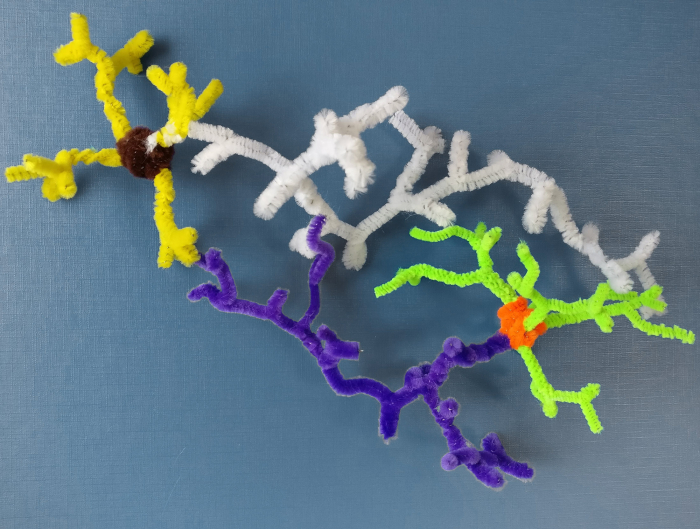
In May and June 2018, Unit Research Support Manager Ben Micklem visited St. Nicholas's Primary School in Oxford to run two hour-long afterschool Science Club sessions for children in Years 3 and 4 (7-9 years old) .
The first session focussed on memory, and a comparison between human memory and storage of data on a computer's hard disk. The children made their own brain cells from pipe cleaners, and learned about the 'listening arms' and 'sending arms' of nerve cells (that is, the dendrites and axons of neurons). They were also introduced to the idea that human memory is stored in the strengths of the connections between networks of brain cells, and the timing of those cells 'talking' is very important. Learning that the human brain contains billions of cells was another clear highlight for the children.
Each child then contrasted the brain's method of storing information with a computer hard drive. They were each given a hard drive, which they opened themselves with Torx screwdrivers, to examine the platters and the read/write heads. They learned about the tracks of data around the disk, and the change in magnetic charge on the surface being created or read by the head to store binary data. Numbers again impressed them, with around 96 trillion patches of magnetic polarity, each one storing a 'bit', giving the largest hard drive 12 terabytes of storage.
The second session covered the variation in brain shape and size across different species of vertebrates, and how the areas of the brain were enlarged and specialised depending on the animals' behaviours and ecological niches. The children watched videos of some of the animals, then learned about the roles of different areas of the brain, and observed how they were different or conserved in fish, reptiles, amphibians, birds, rodents, dogs and humans by examining the brain models that Ben brought in. The children then completed some fun worksheets with colour-coded regions of the brains to take home.
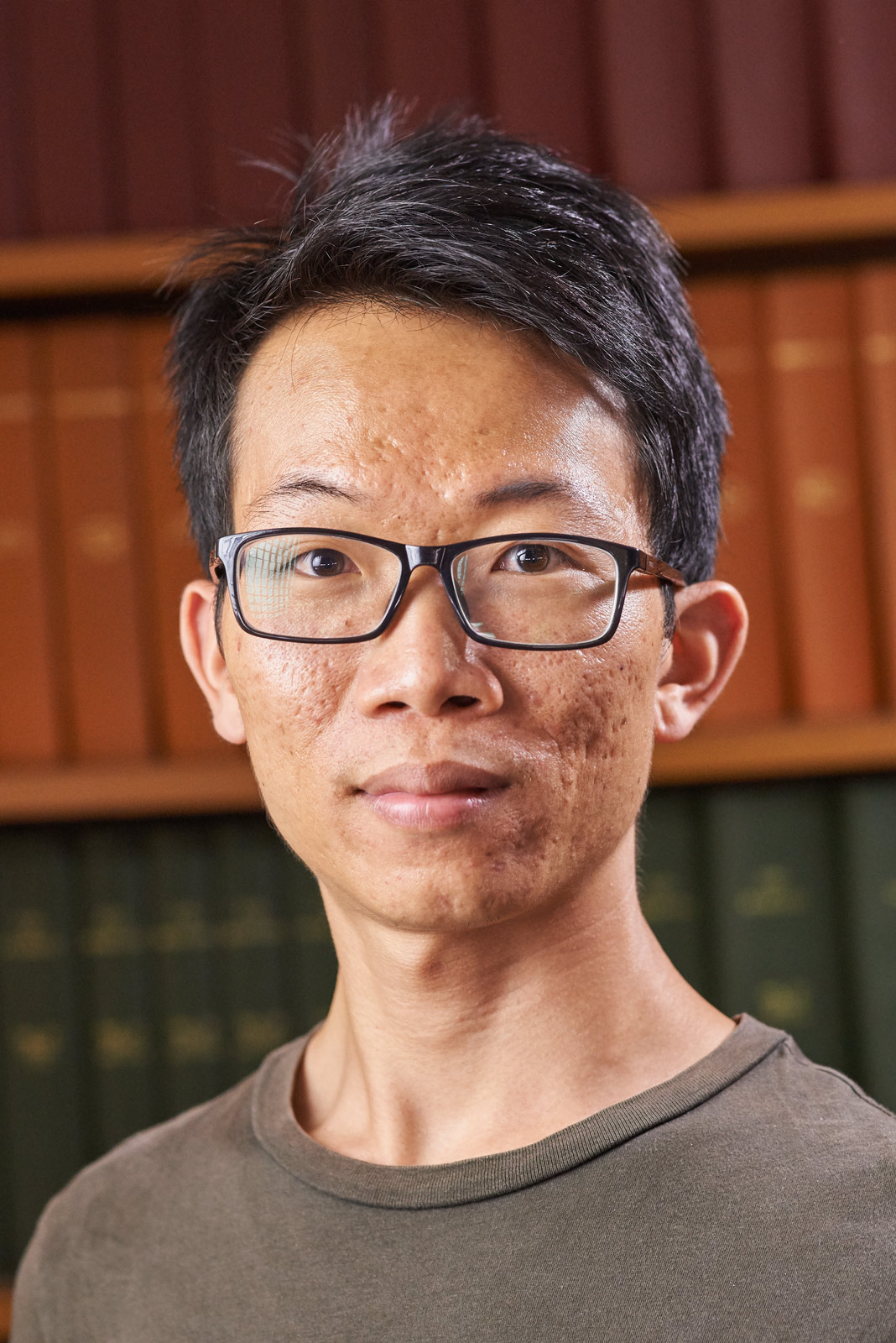
We are pleased to welcome Dr Shenghong He to the Unit as a Postdoctoral Scientist in Dr Huiling Tan’s Group.
Shenghong graduated with a D.Phil. in Engineering from the South China University of Technology, China, in December 2017. His graduate work mainly focused on developing real-time brain-machine interface (BMI) methods and their application using electroencephalography and electrooculography.
Here in the Unit, Shenghong’s research will be focused on developing BMI systems based on subcortical local field potentials recorded from people with Parkinson’s, and testing the efficacy of this new BMI system in neuroprosthetic control and neurofeedback training.
Unit D.Phil. student Benoit Duchet’s latest research has been selected as a featured oral presentation at this year's annual meeting of the Organization for Computational Neuroscience, to be held in Seattle, USA, in July. Out of 100+ submissions for oral presentations, only 3 were chosen to be featured at the meeting.
Benoit's work, entitled “Response to Deep Brain Stimulation in Essential Tremor: Predictions beyond noisy data with a Wilson-Cowan model”, is the result of ongoing collaborations with Unit postdoctoral scientists Dr Gihan Weerasinghe and Dr Hayriye Cagnan, as well as with mathematician Dr Christian Bick at the University of Oxford. The research is supervised by Unit Programme Leader Professor Rafal Bogacz.
Focusing on Essential Tremor, the team suggests a method to study the response to Deep Brain Stimulation along both the phase axis and amplitude axis of the tremor oscillation. Because of noise in recordings and experimental limitations, the amplitude axis is especially difficult to access by direct data analysis in the phasic paradigm. Going forward, the team will use their method to explore strategies for optimising closed-loop Deep Brain Stimulation as a treatment for Essential Tremor and Parkinson’s disease.
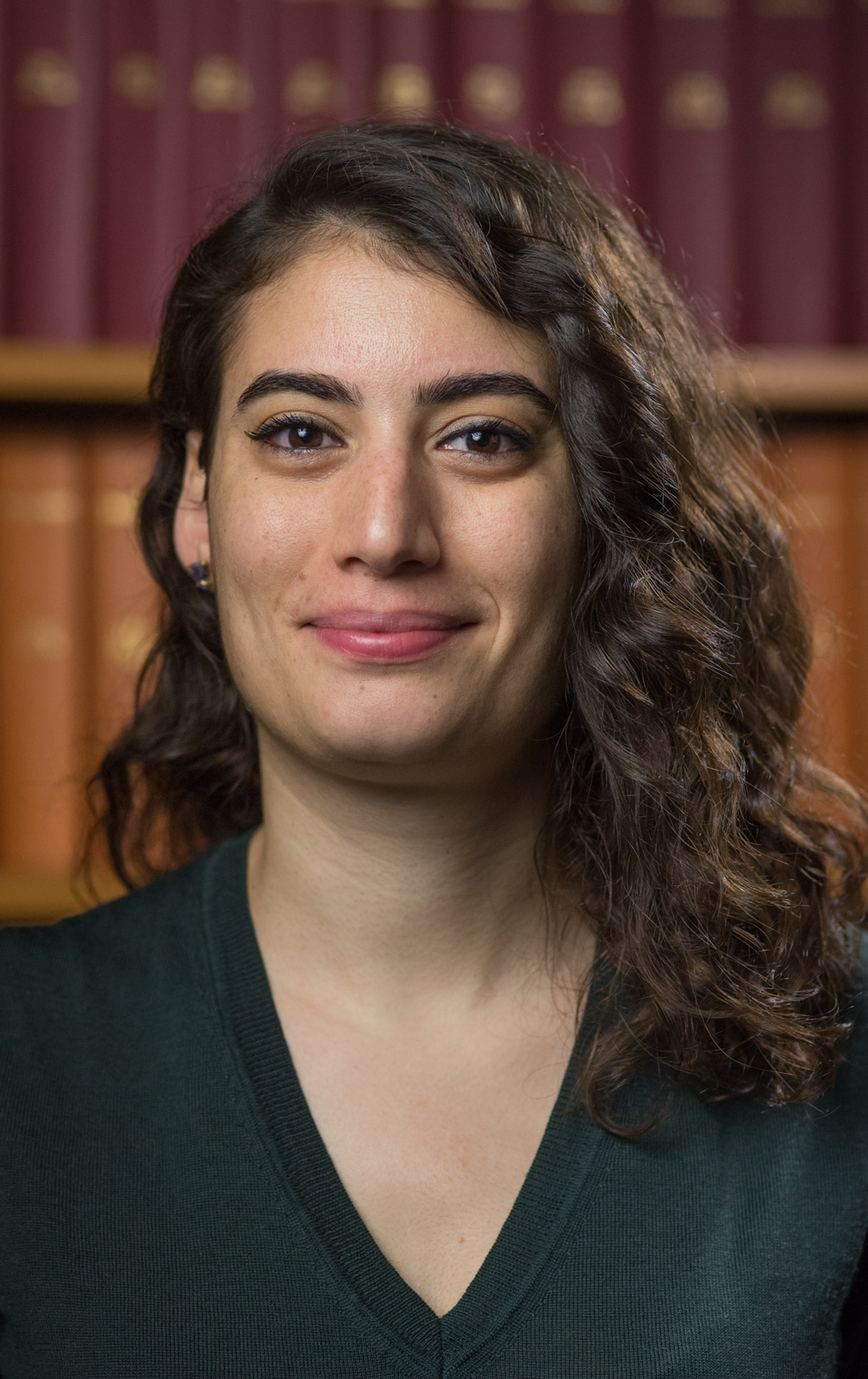
Many congratulations to Unit scientist Dr Hayriye Cagnan who has won a Medical Research Council Career Development Award. These prestigious 5-year awards are designed to support talented postdoctoral researchers to lead their own research plans and establish their own research teams, thereby facilitating their transition to independent investigators. Hayriye will take up her Career Development Award in June 2018, and will be hosted at the MRC Brain Network Dynamics Unit and the Nuffield Department of Clinical Neurosciences.
Currently, Hayriye is a Senior Postdoctoral Neuroscientist in Dr Andrew Sharott’s Group, where she has been examining transient neural dynamics across the cortico-basal ganglia circuit. As part of Hayriye’s new research programme funded by the Award, she will develop theoretical tools and experimental approaches to elucidate how different brain regions communicate and control behaviour in heath and disease. Taking this forward, Hayriye will explore the potential of using finely-timed stimulation to modulate brain activity for improved symptom relief with fewer side effects.
Unit Director Professor Peter Brown commented, “We are delighted for Hayriye. She is an outstanding scientist, and a valued colleague and collaborator. Her success provides another sterling endorsement of the Unit’s commitment to excellence in the research training and career development of its membership.”
